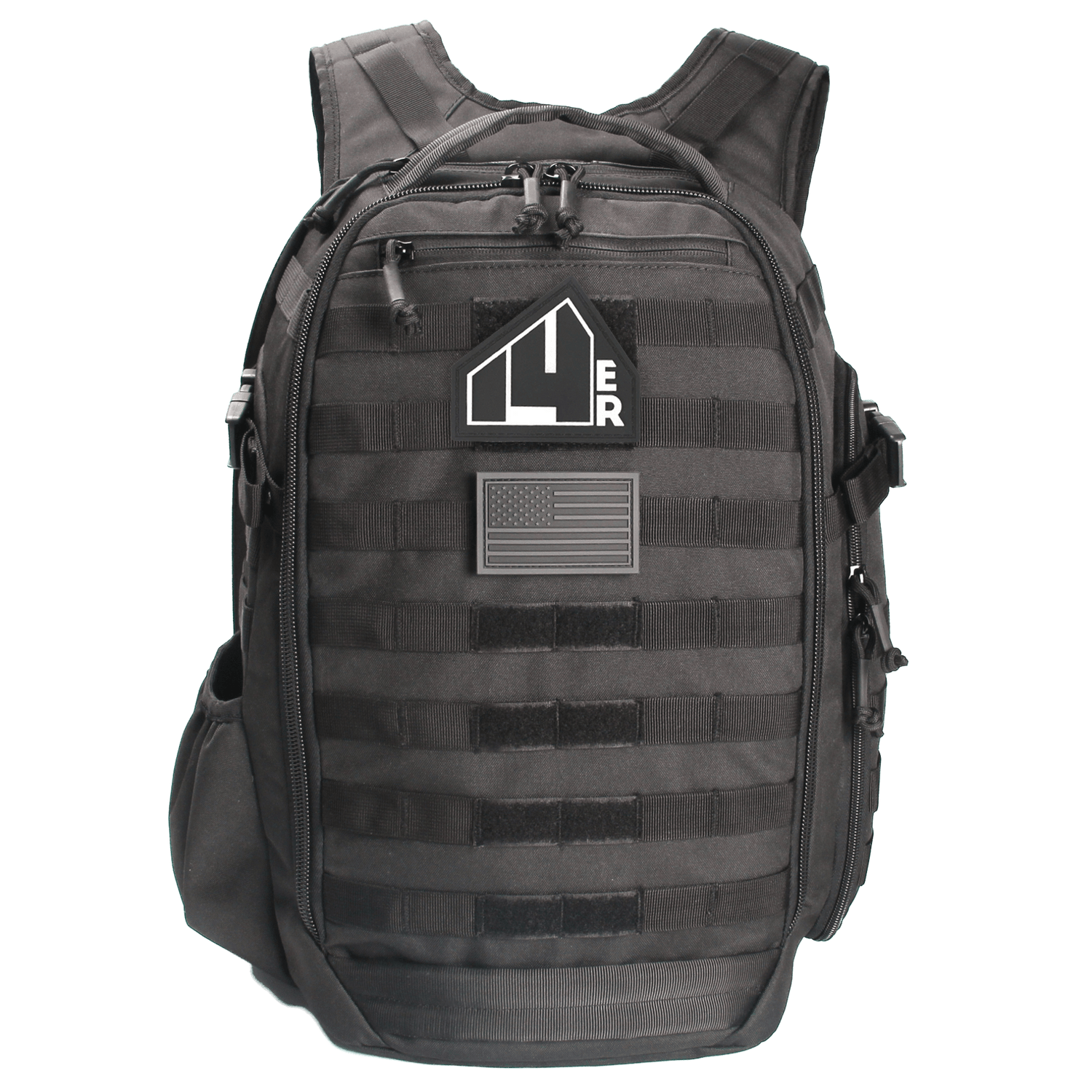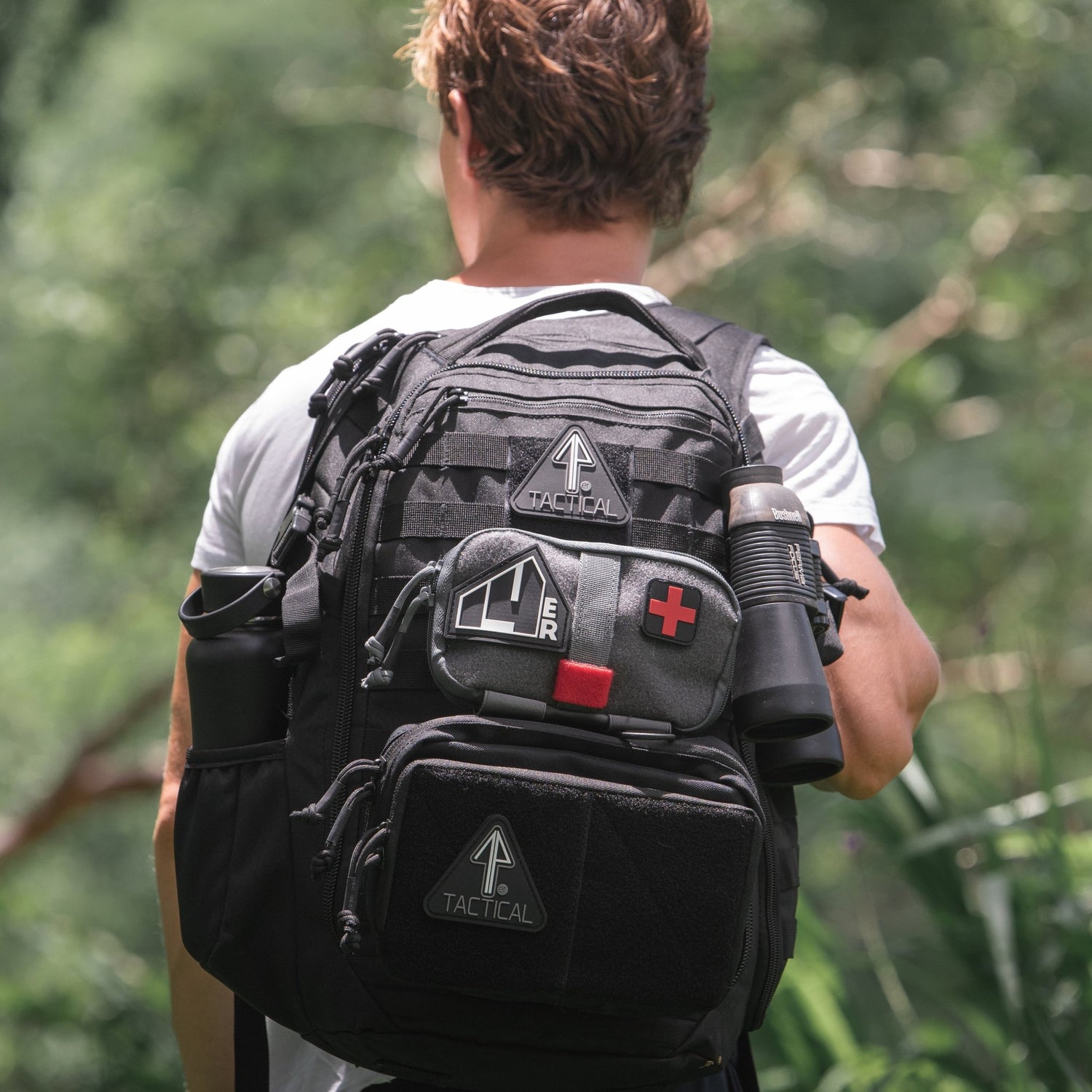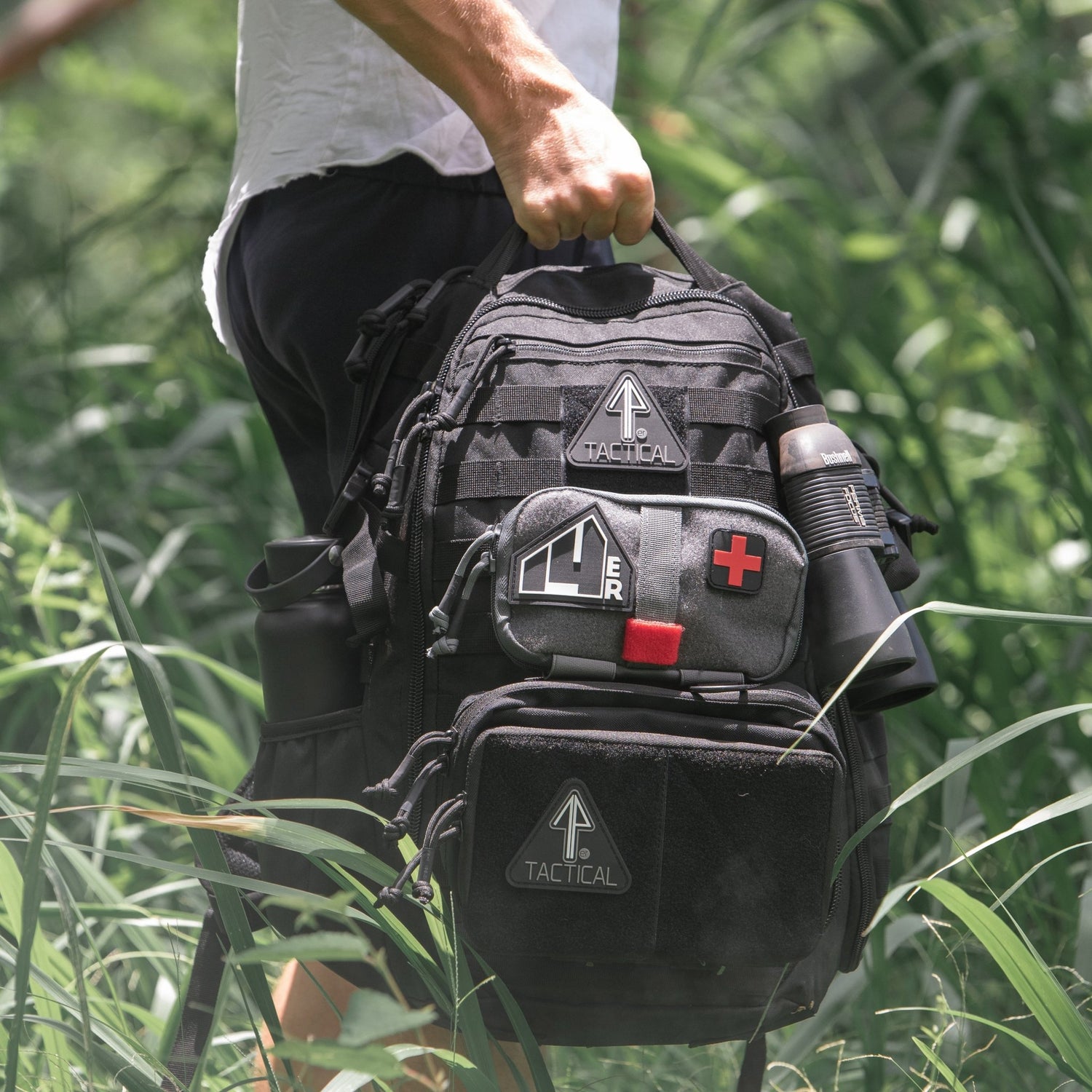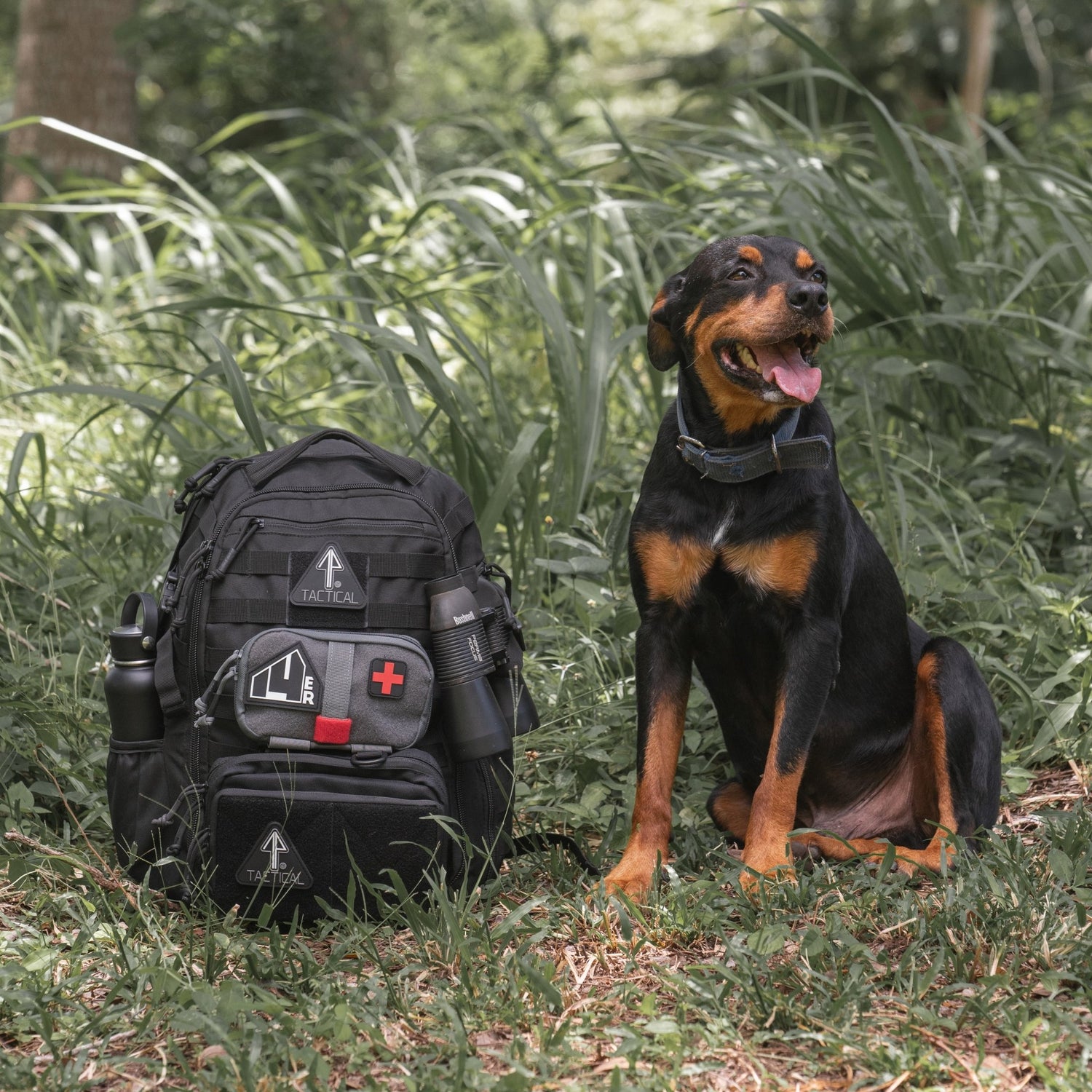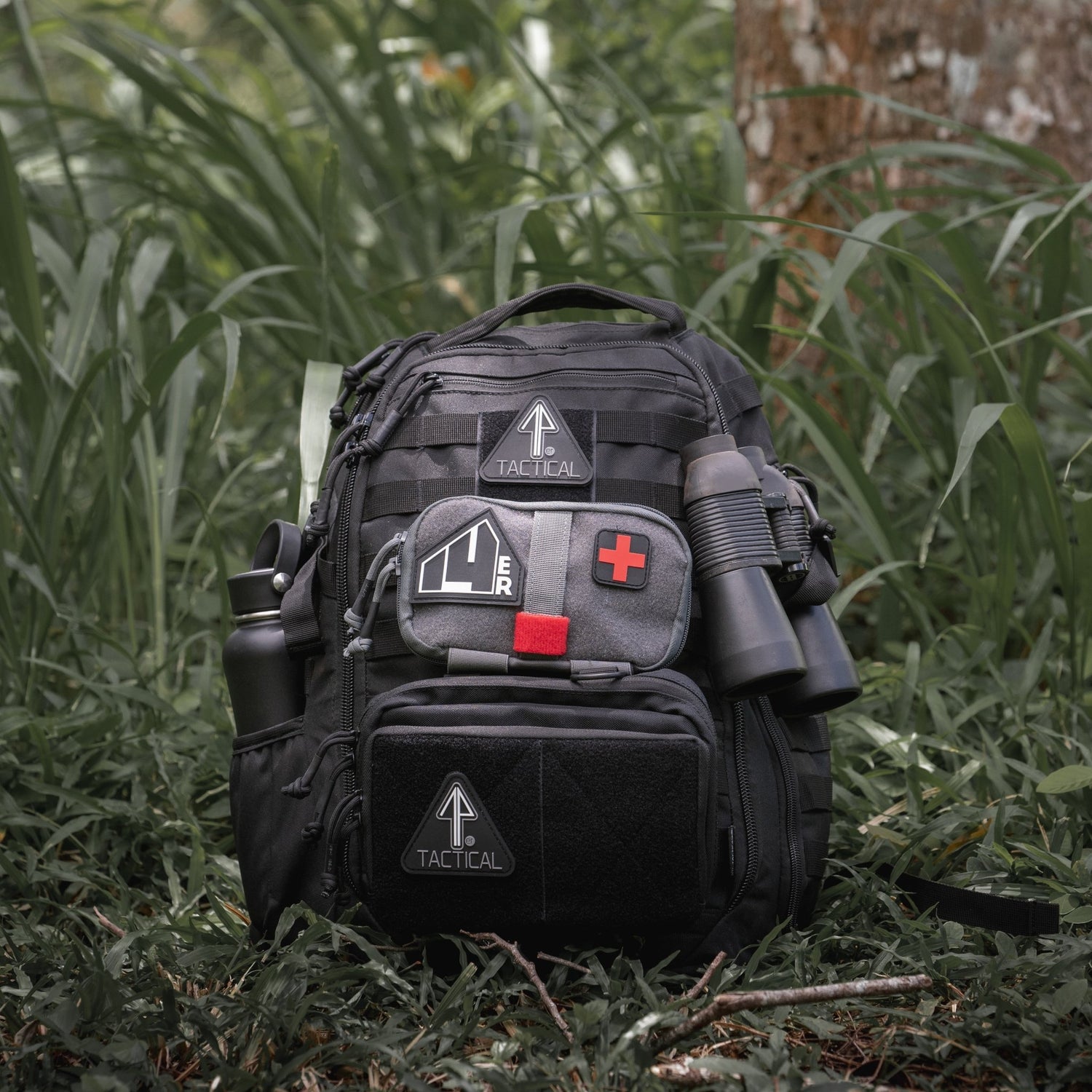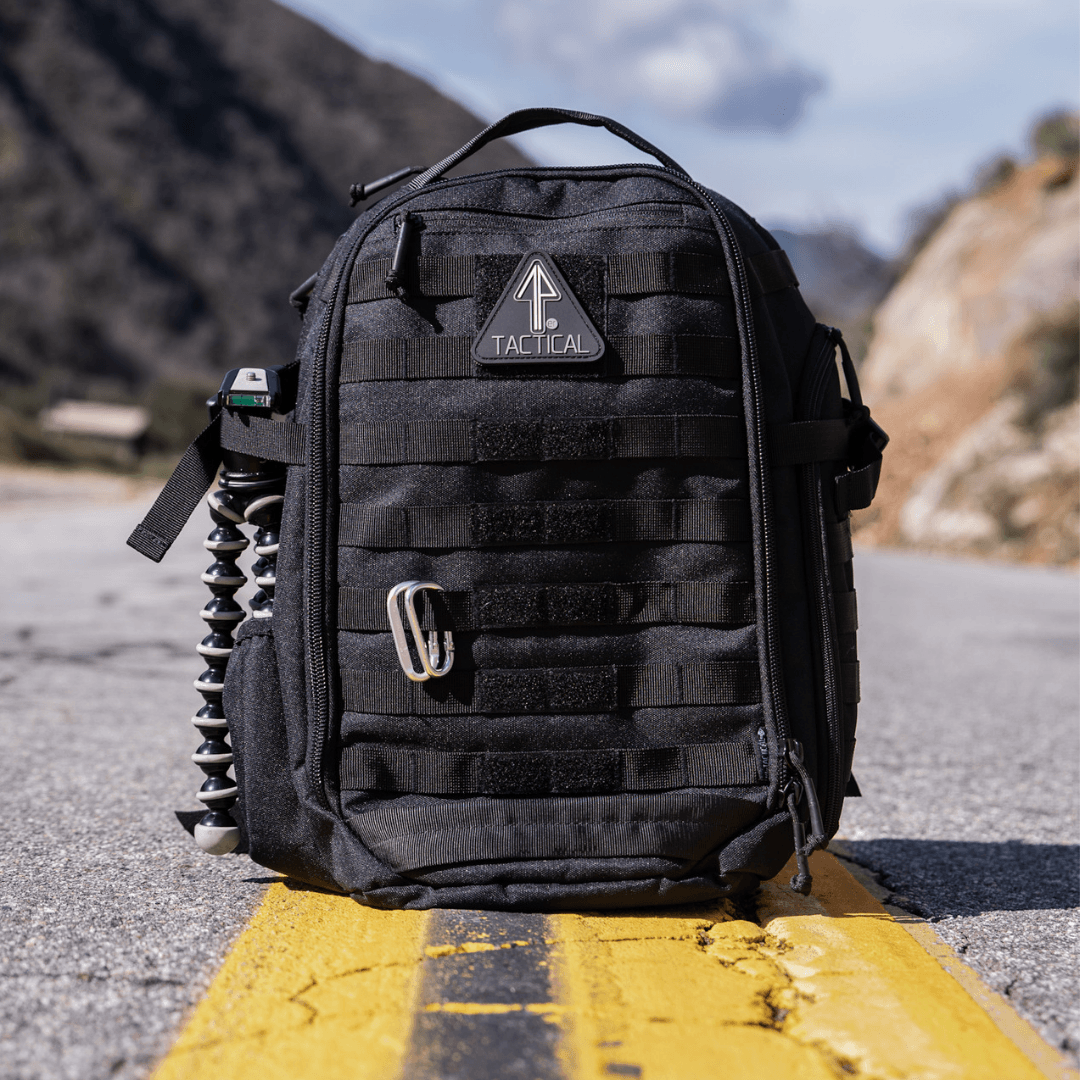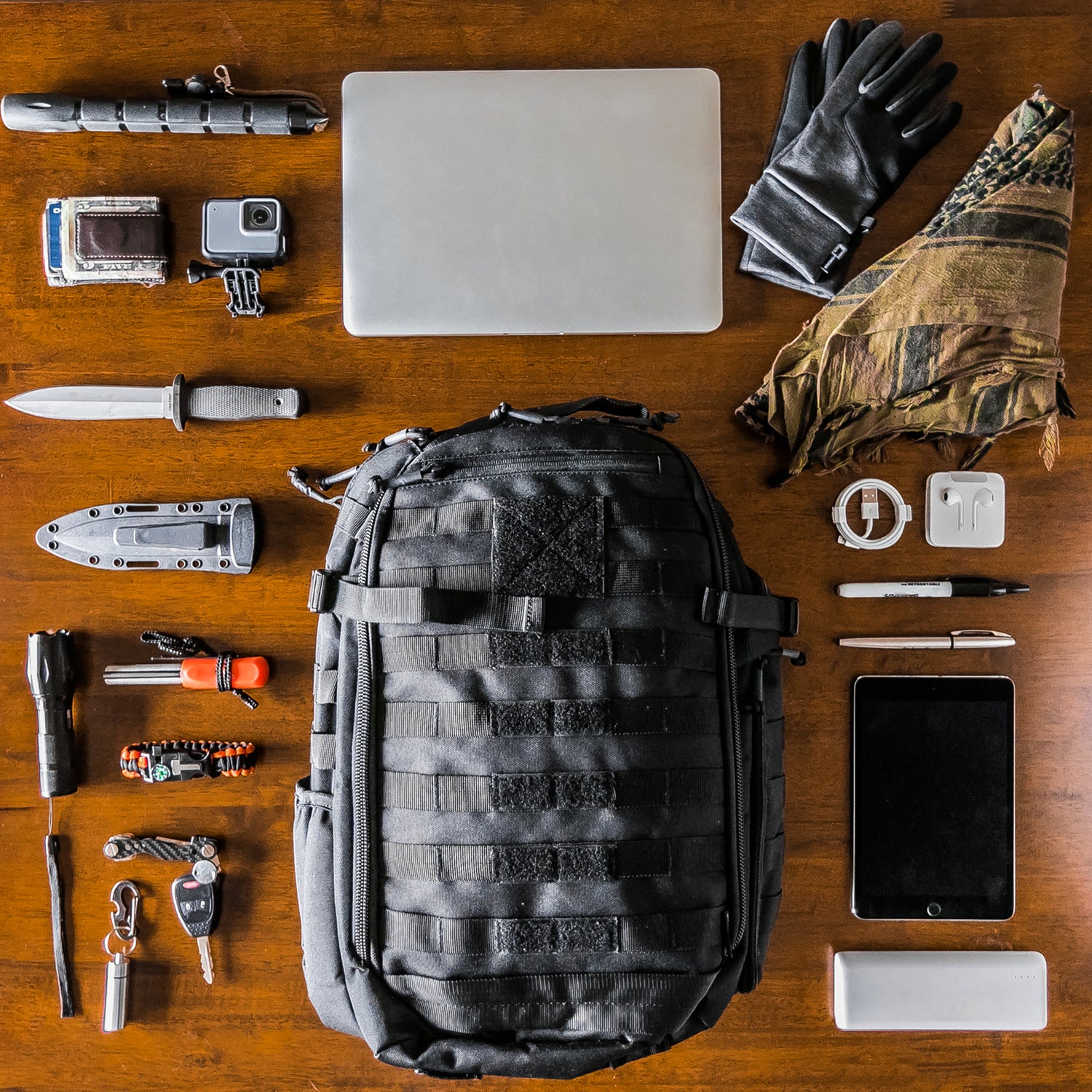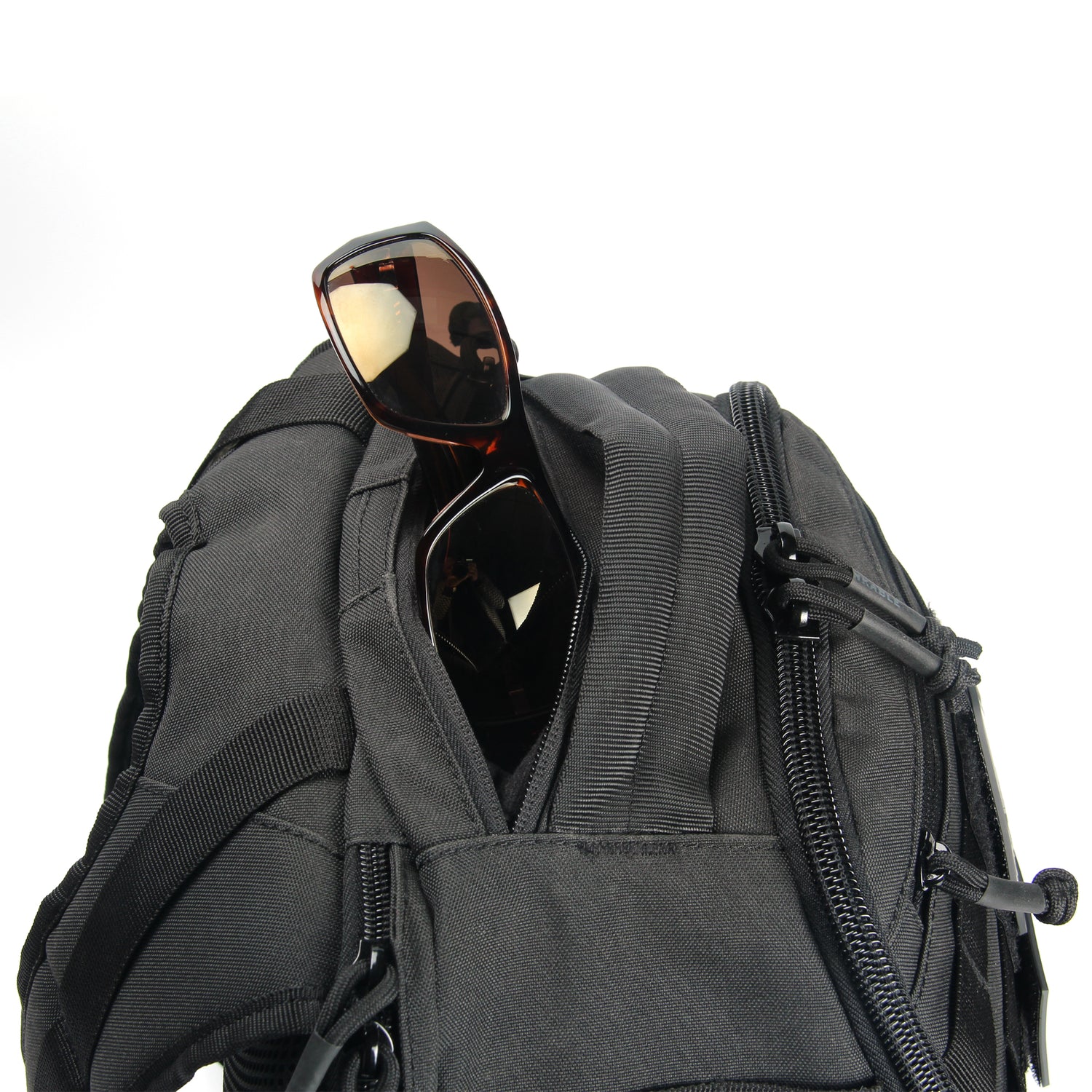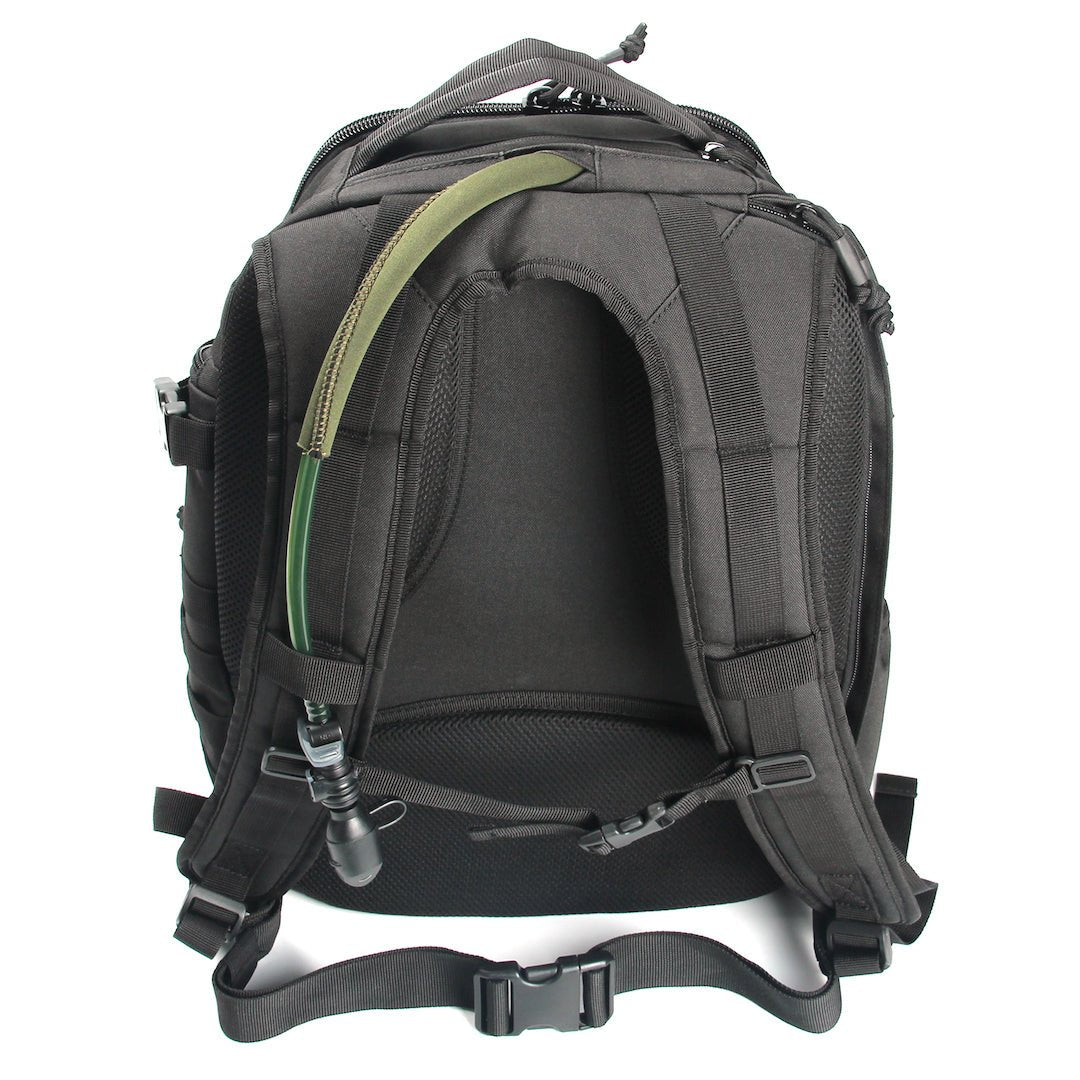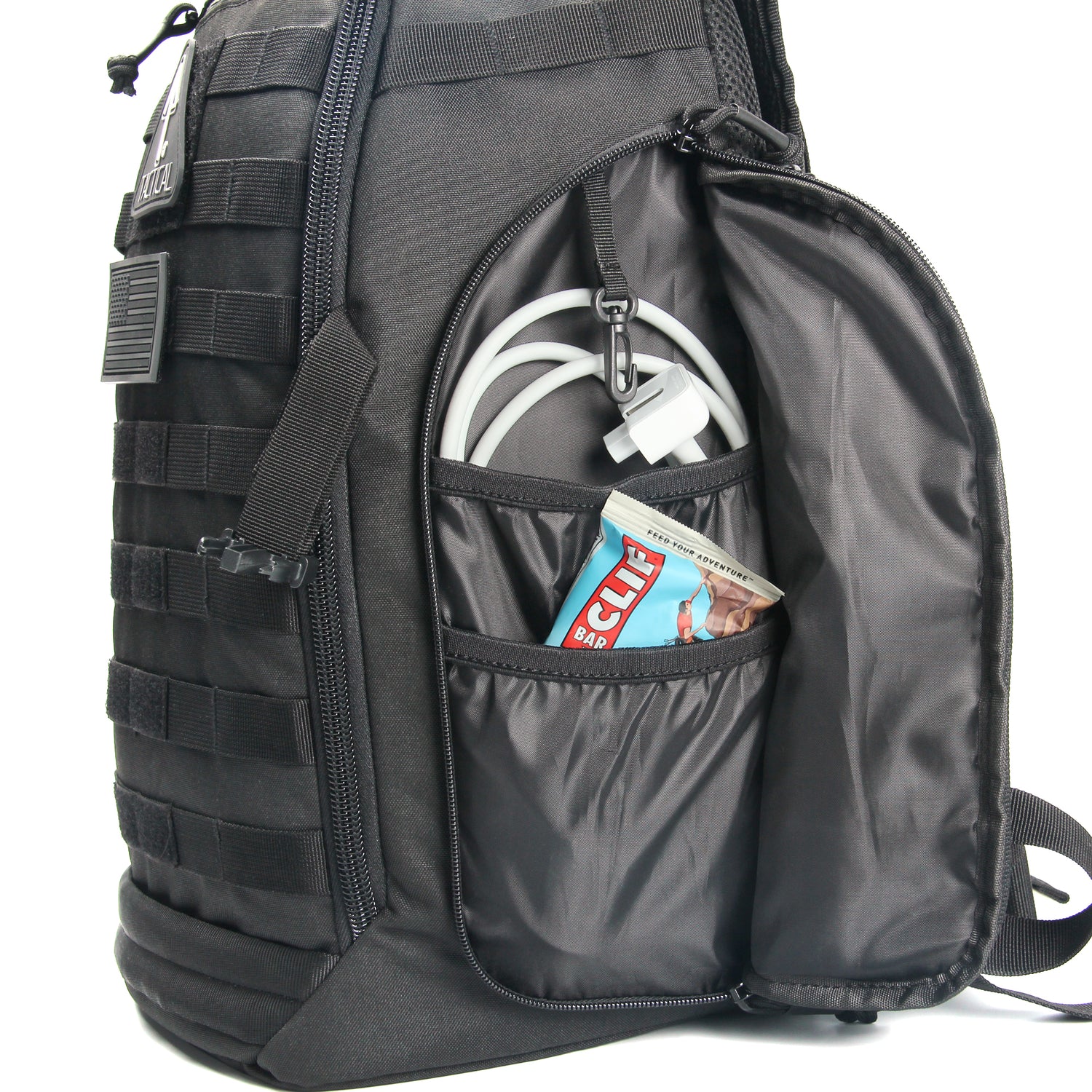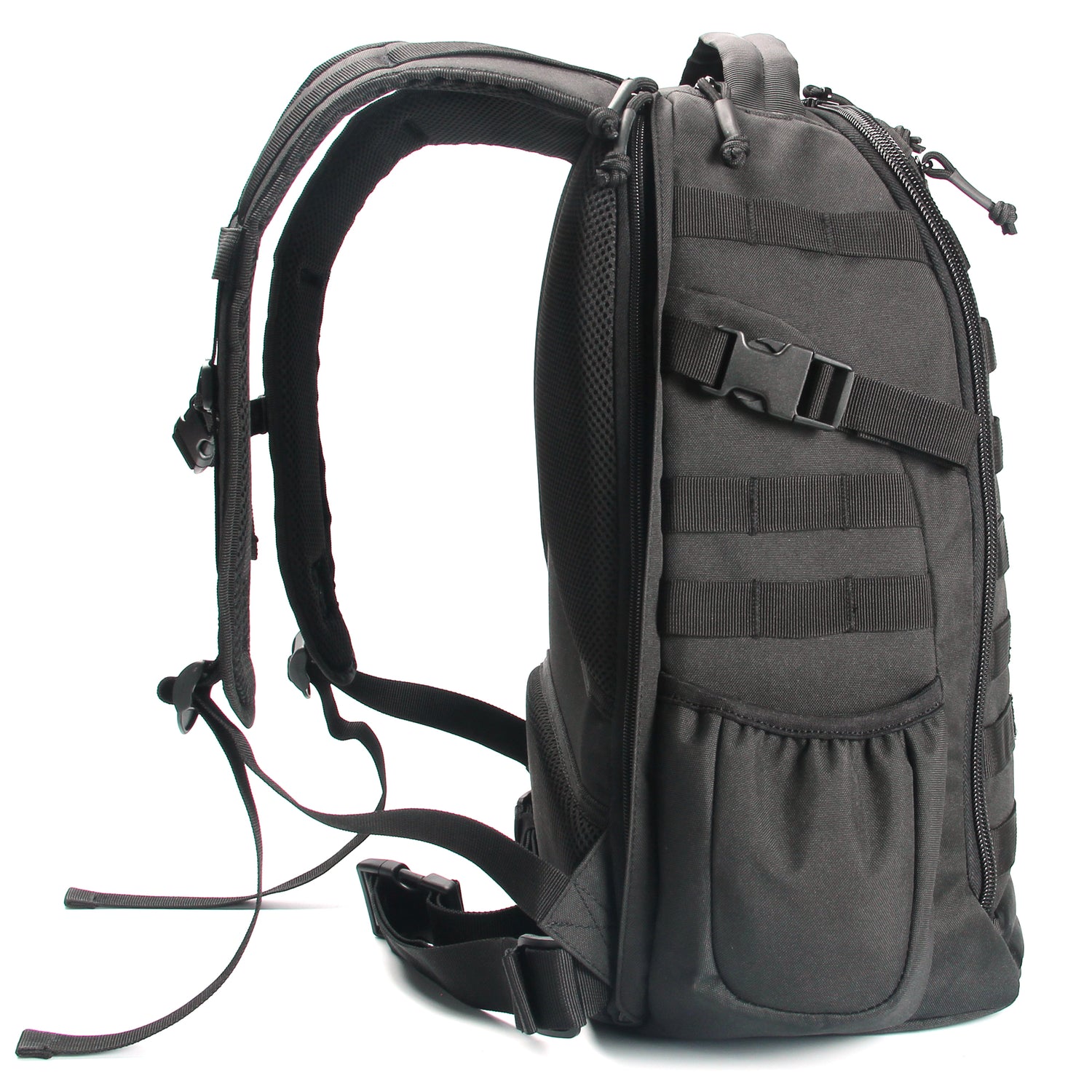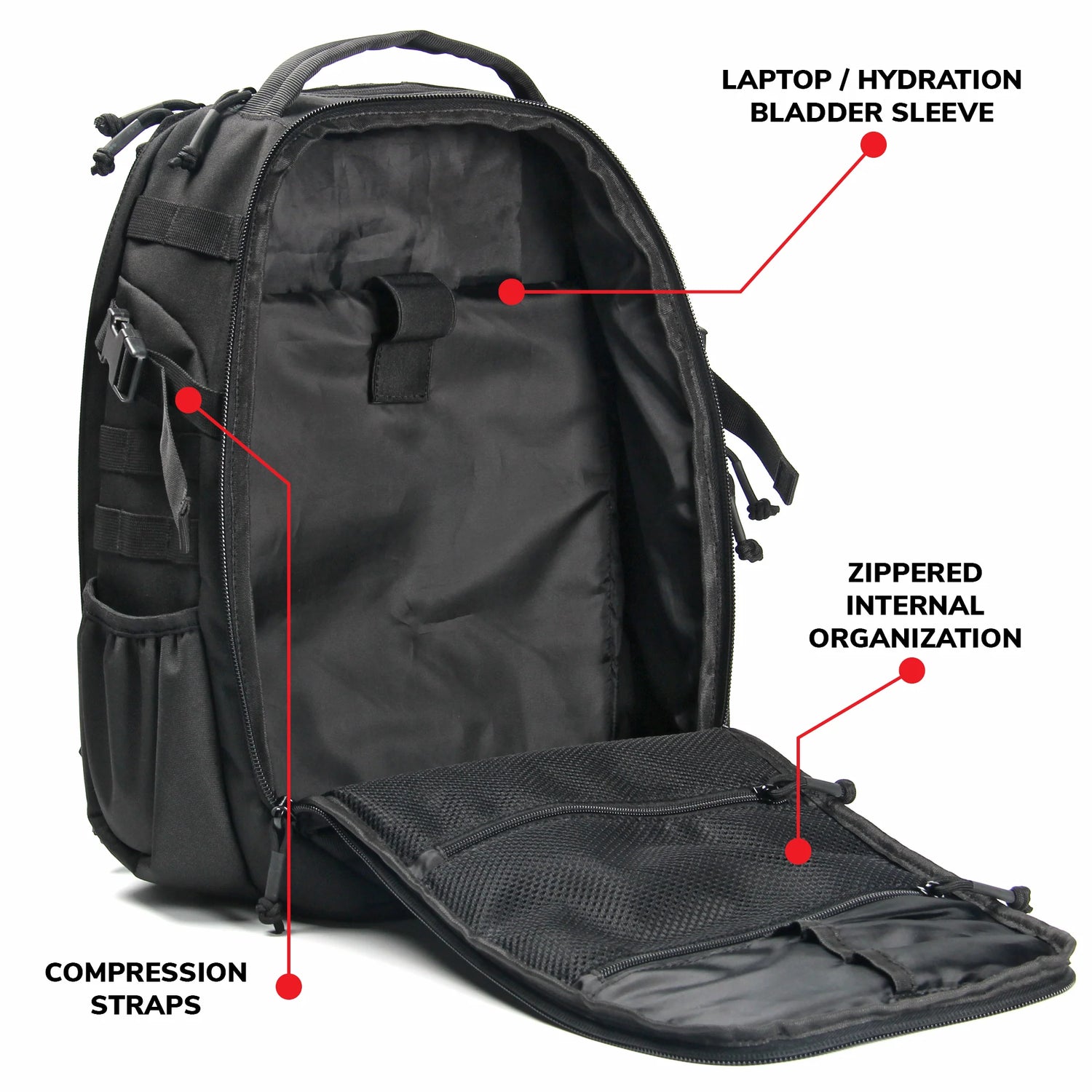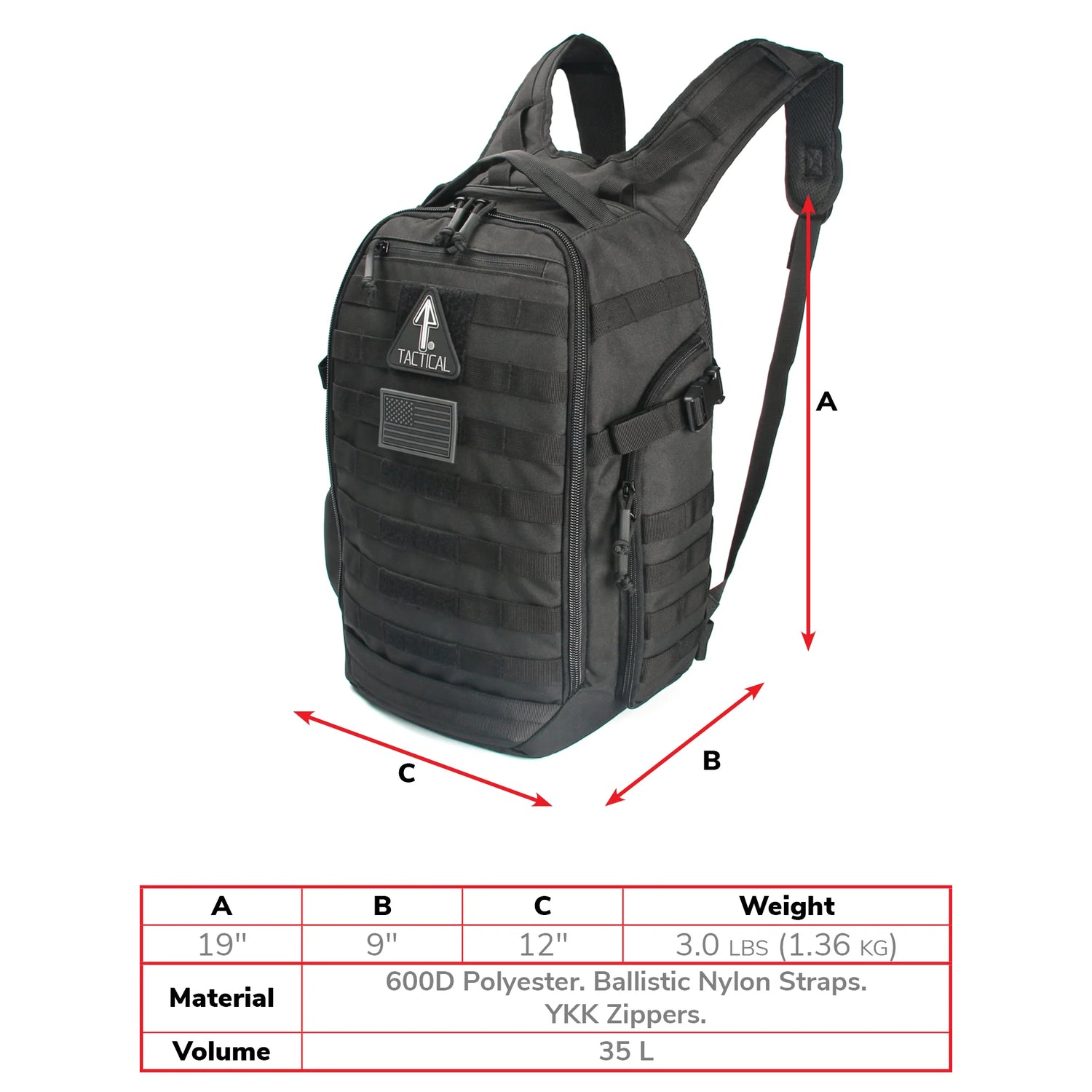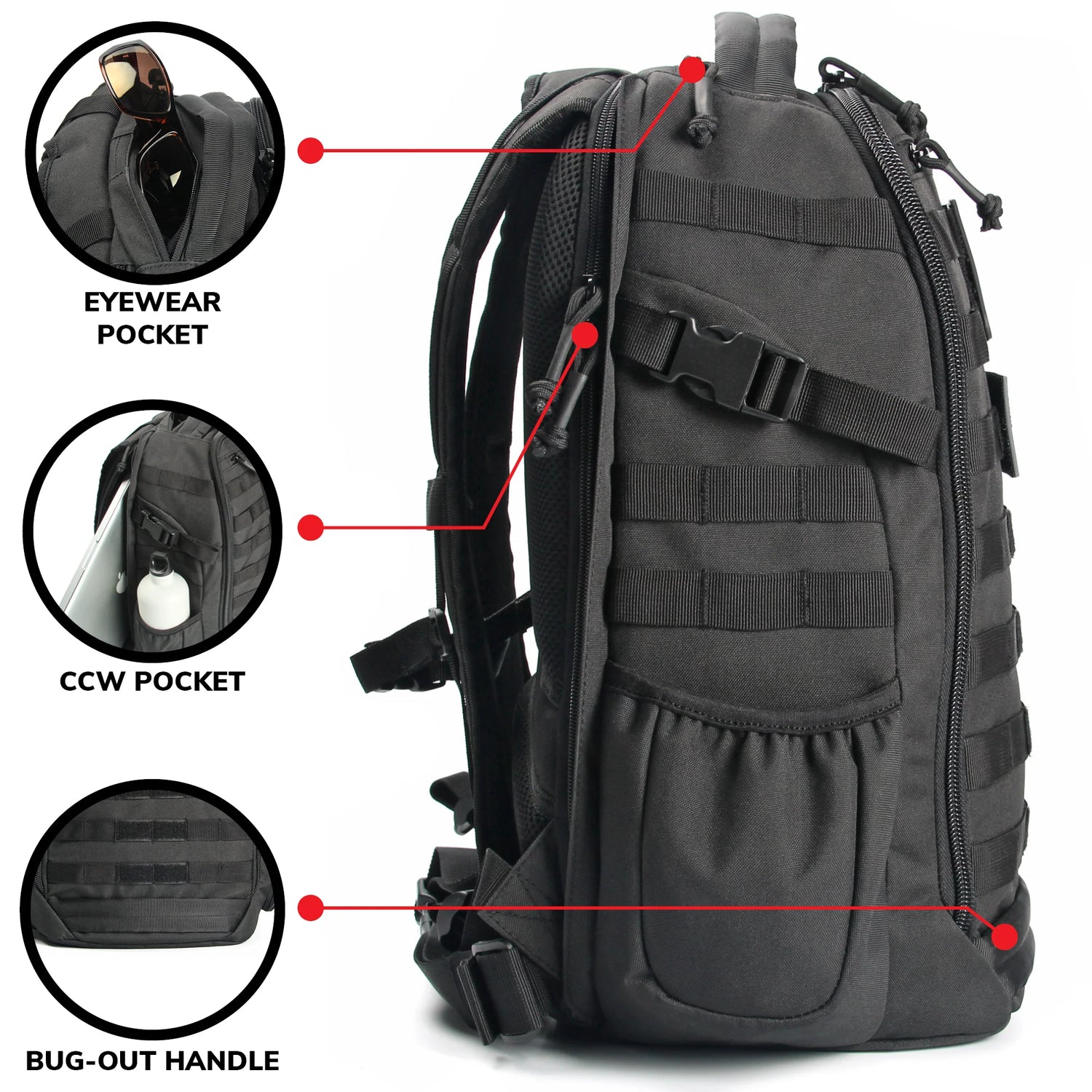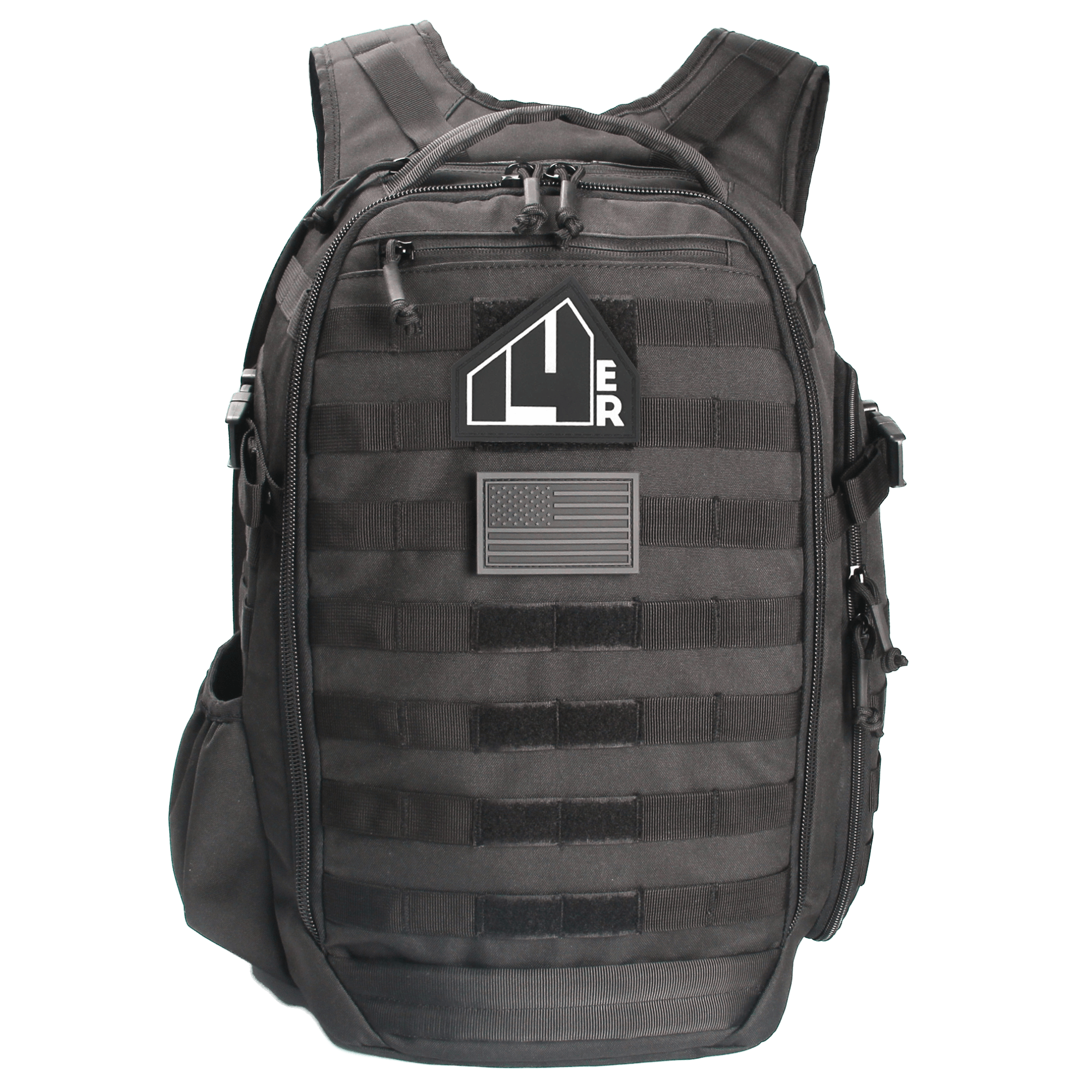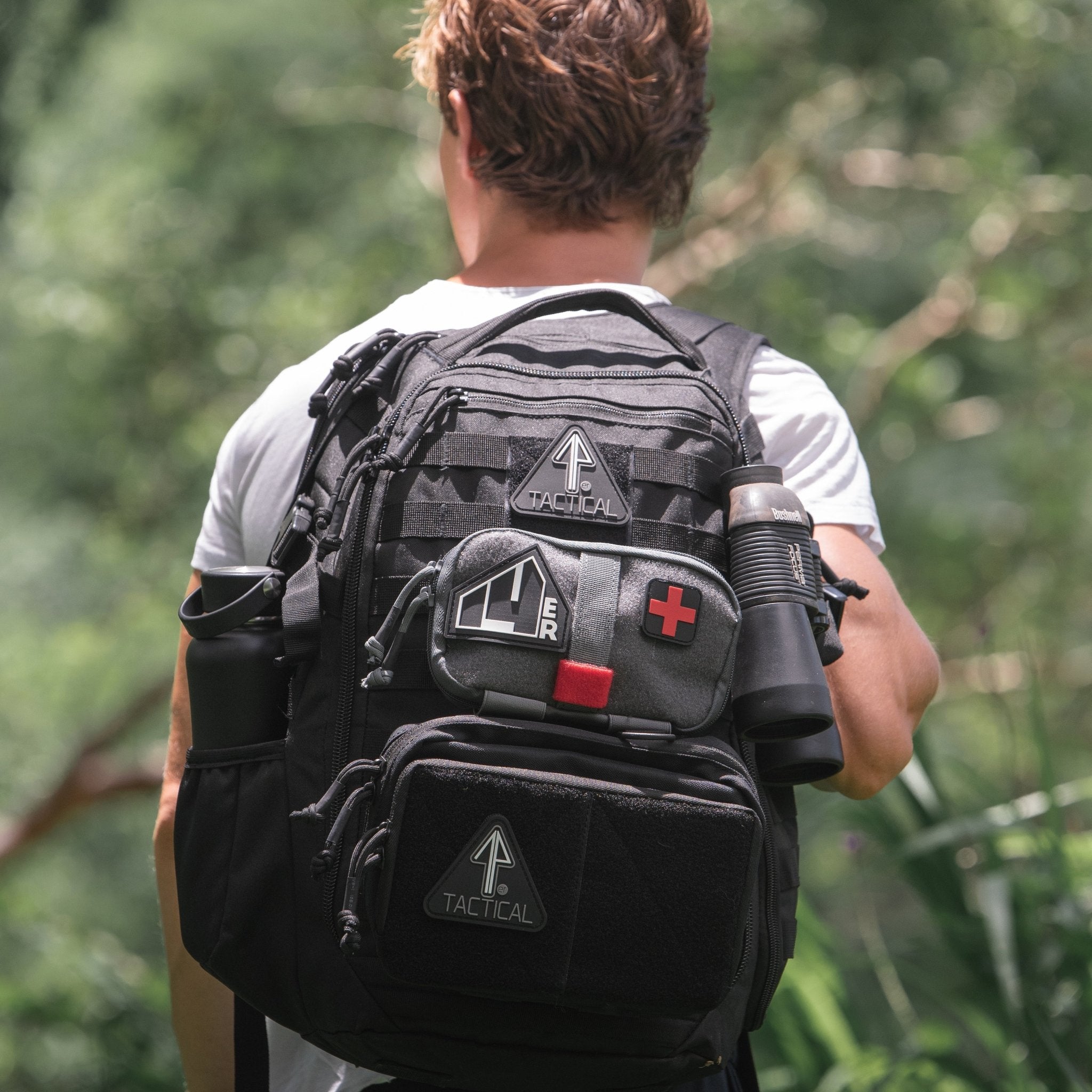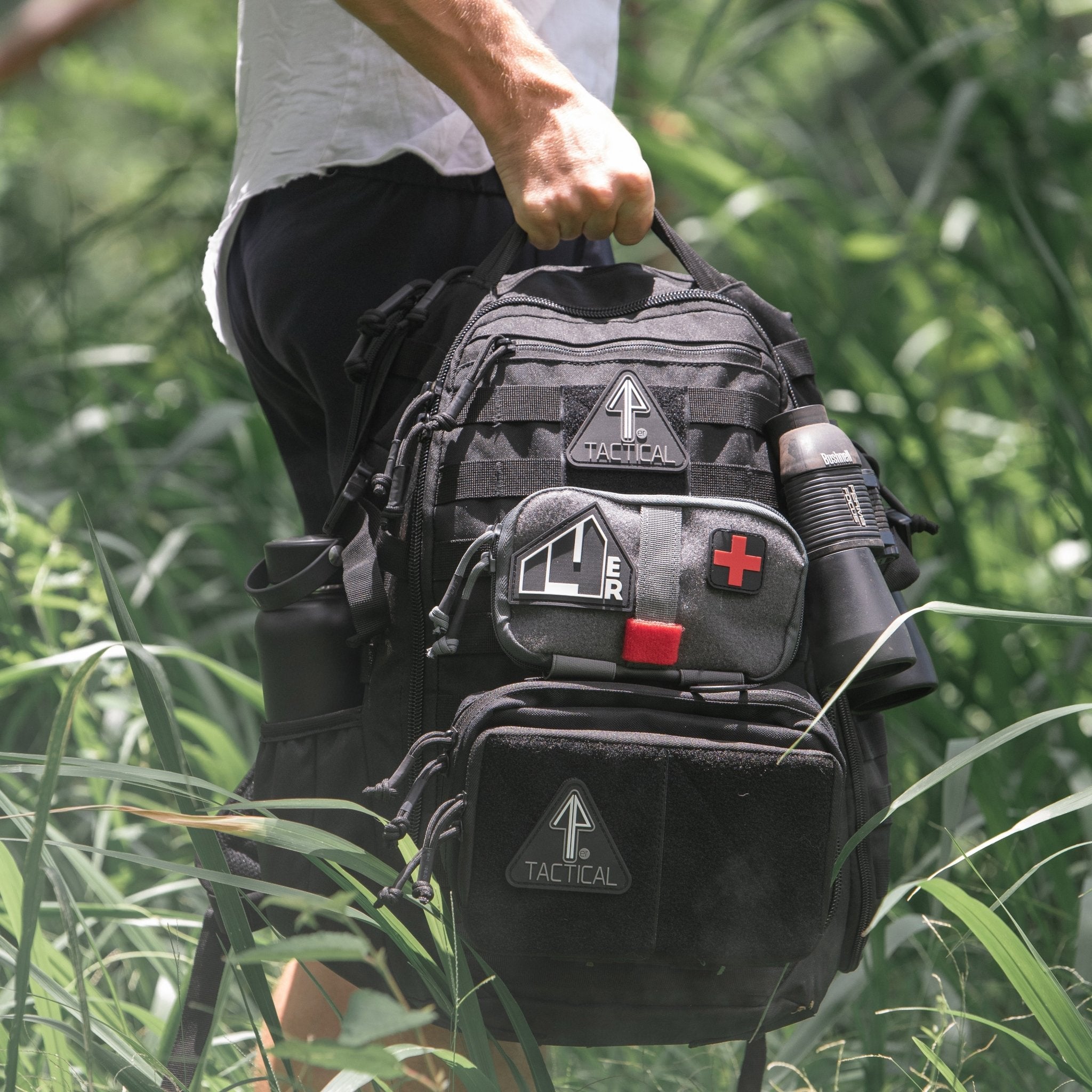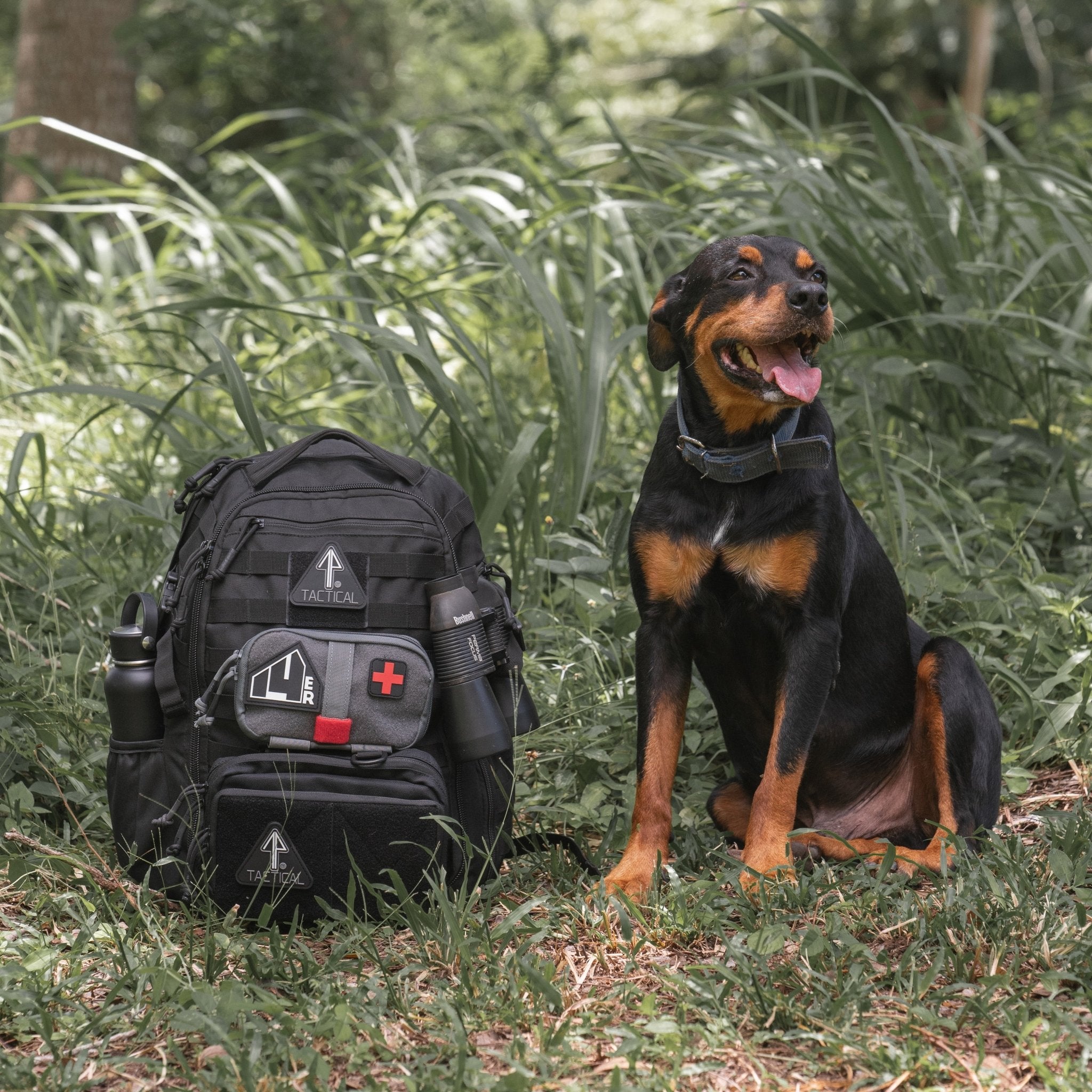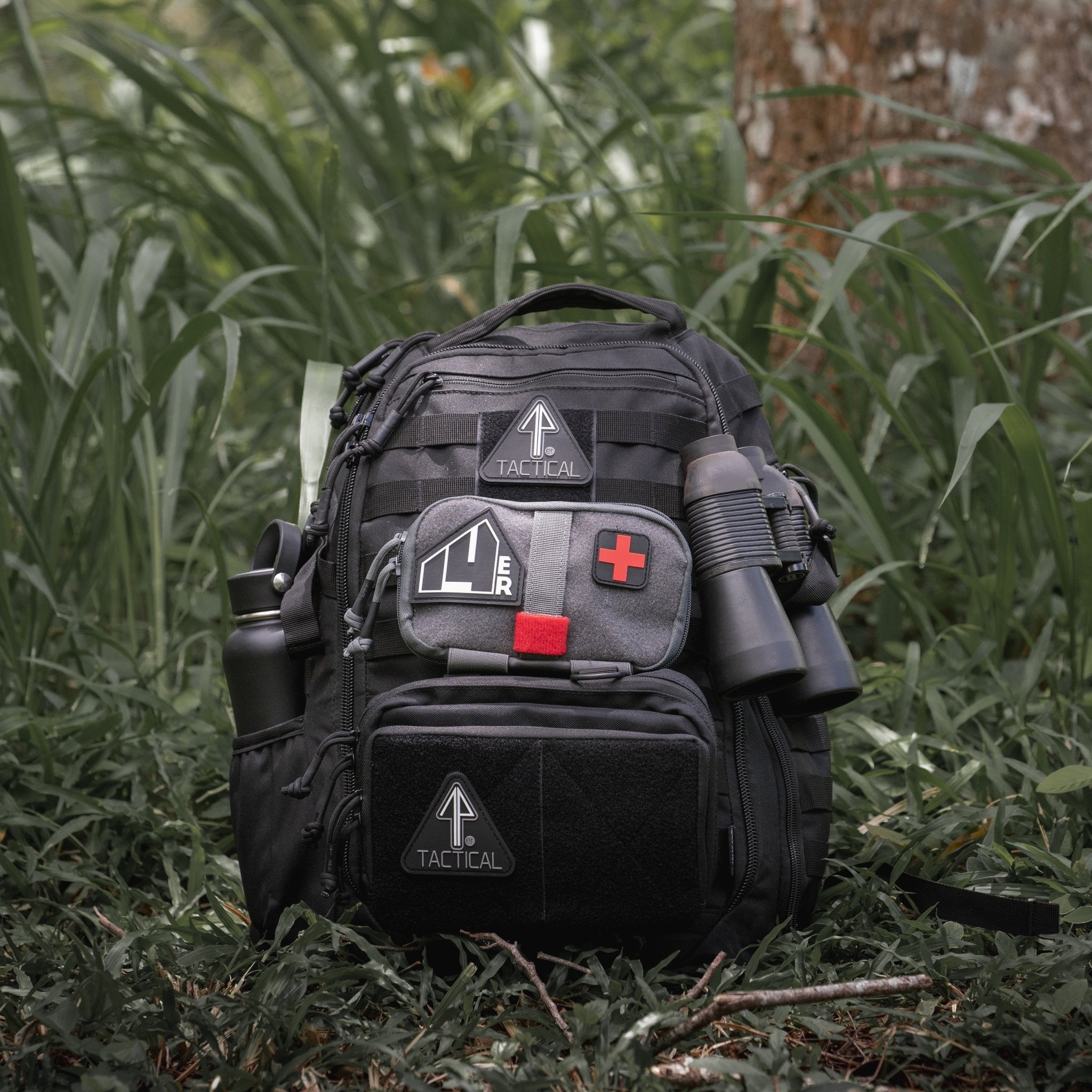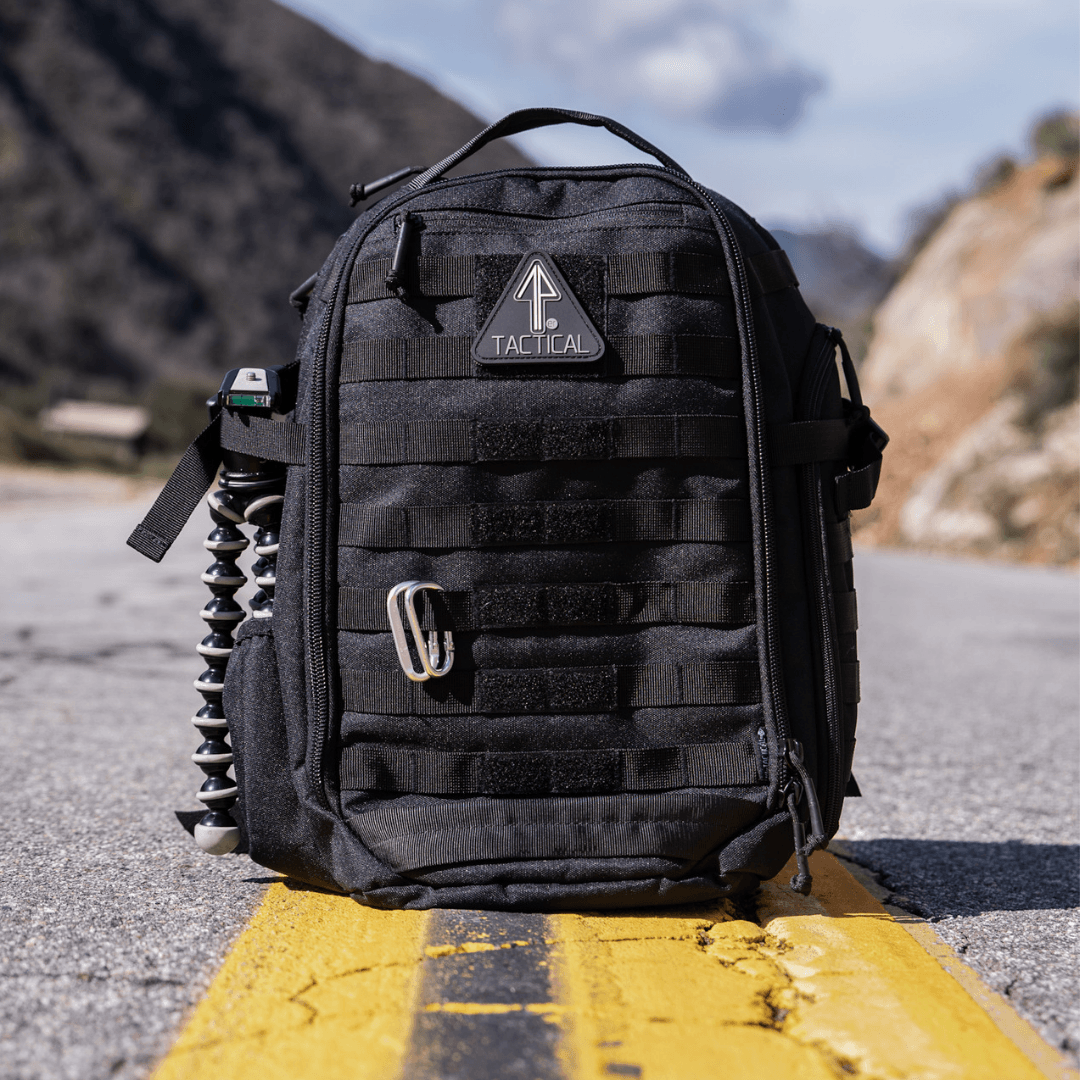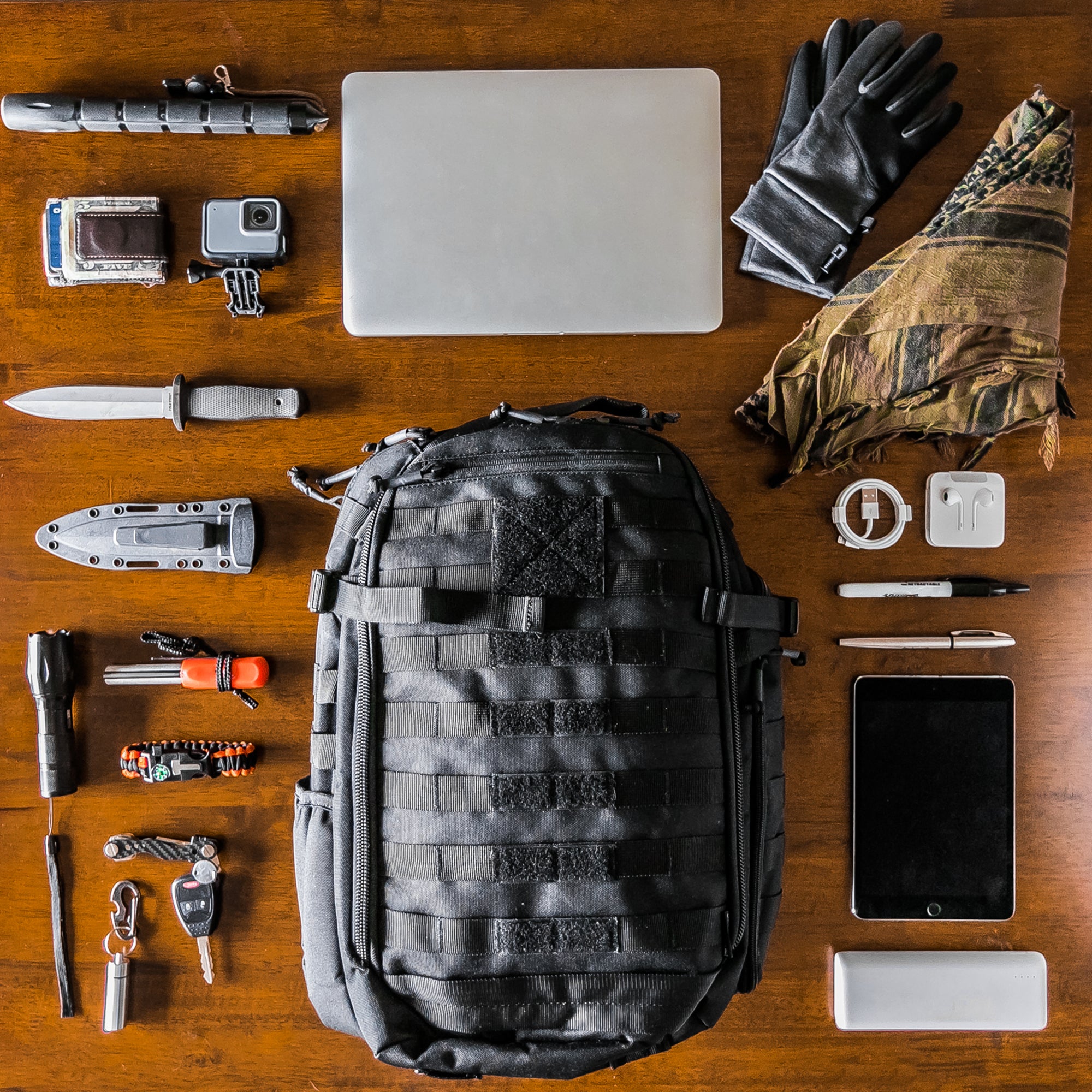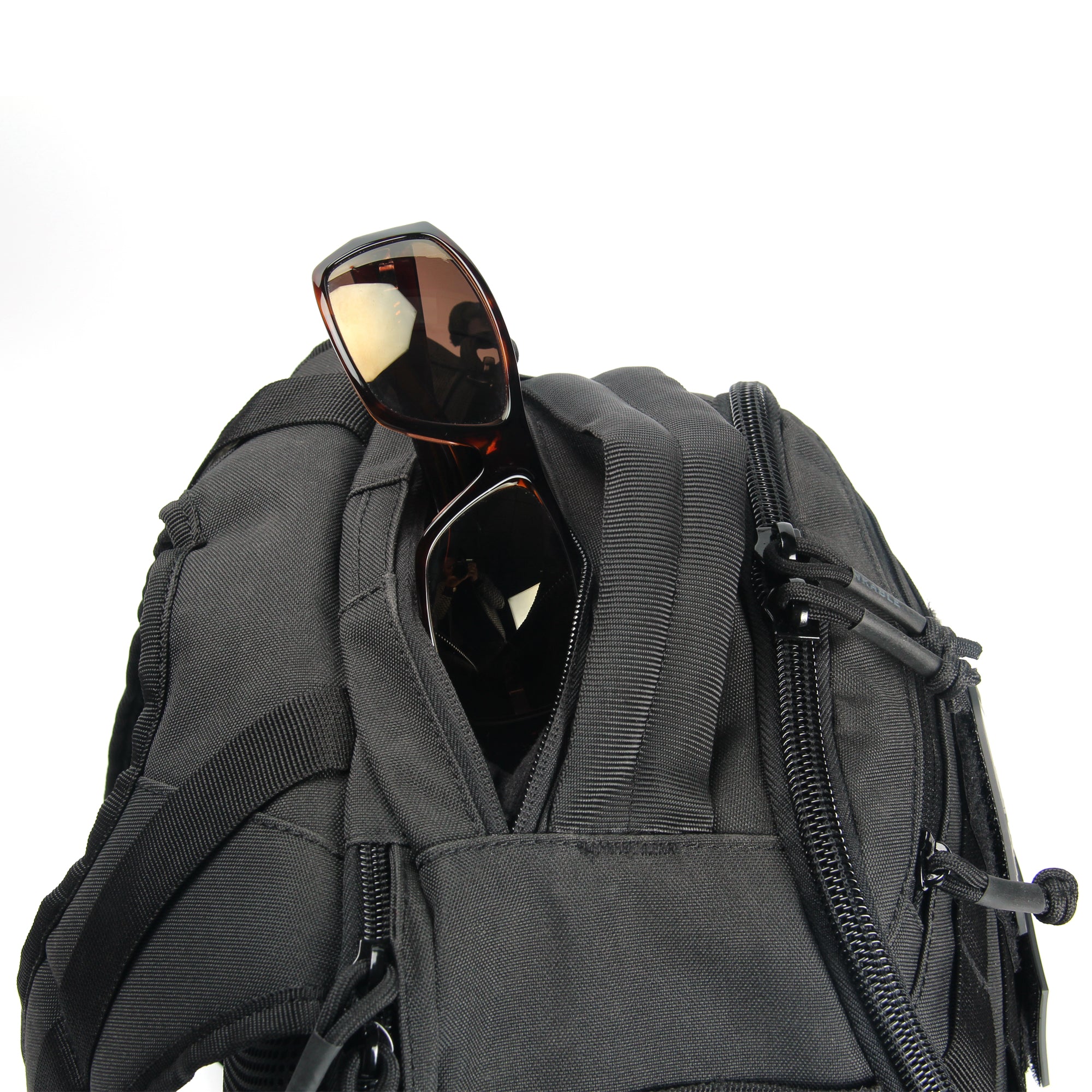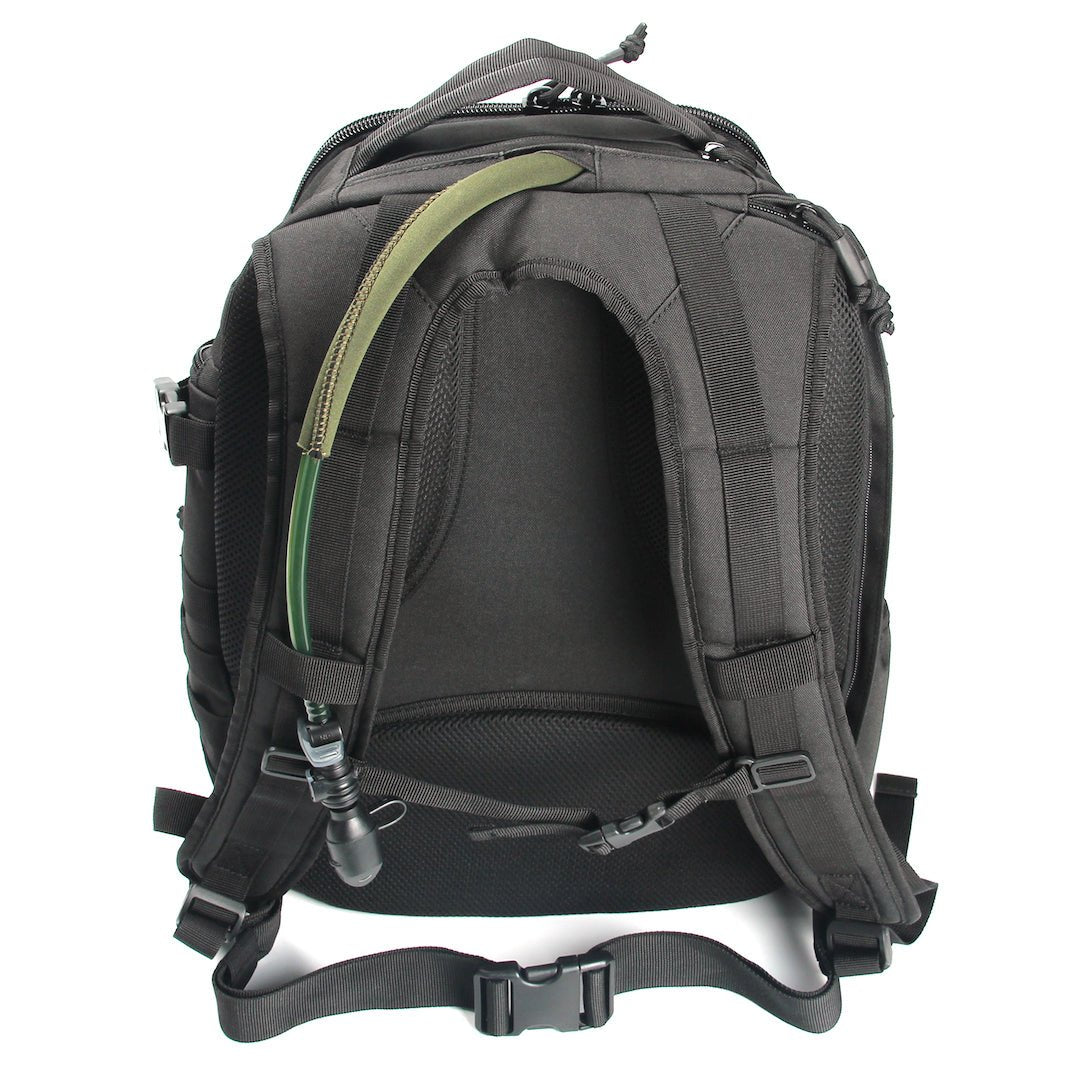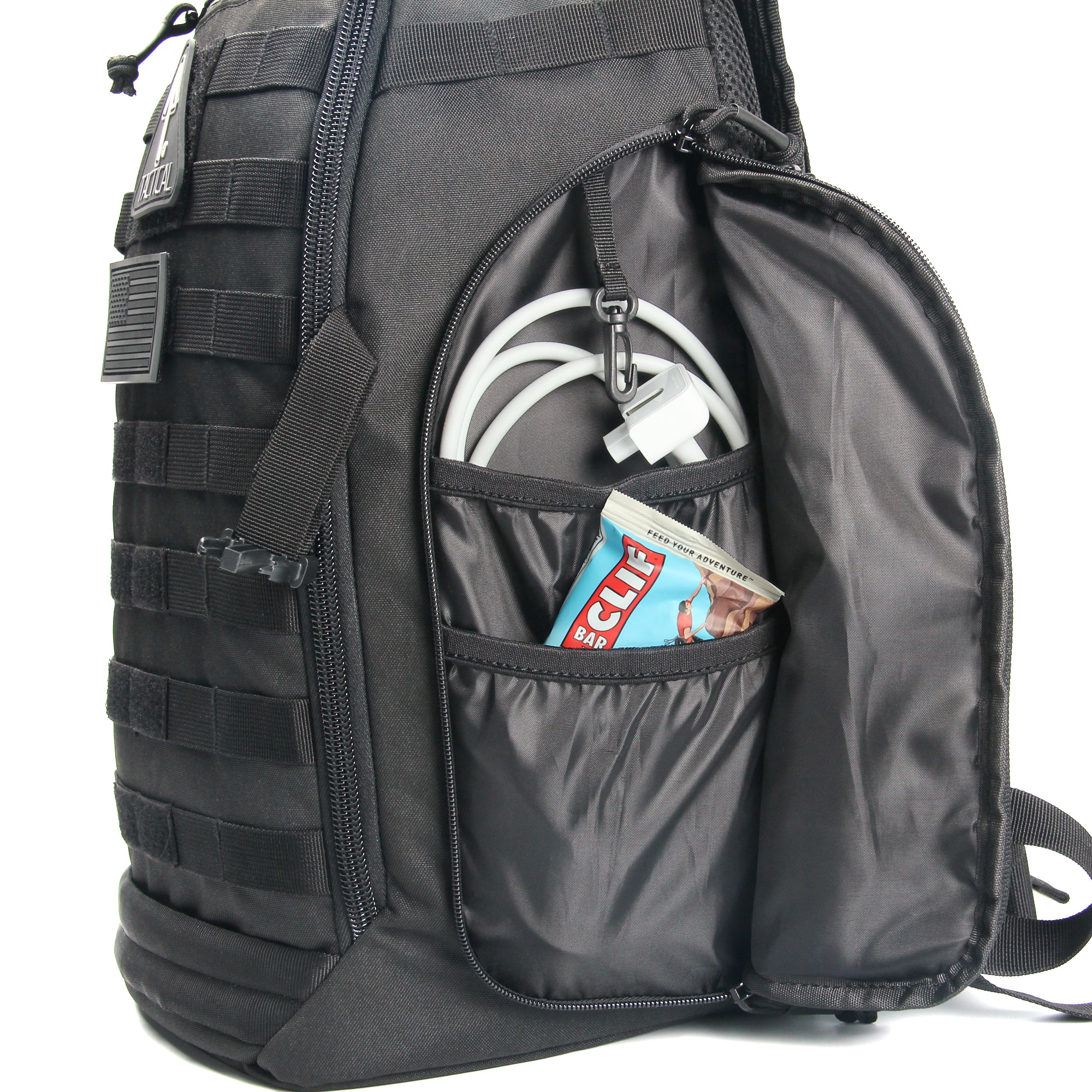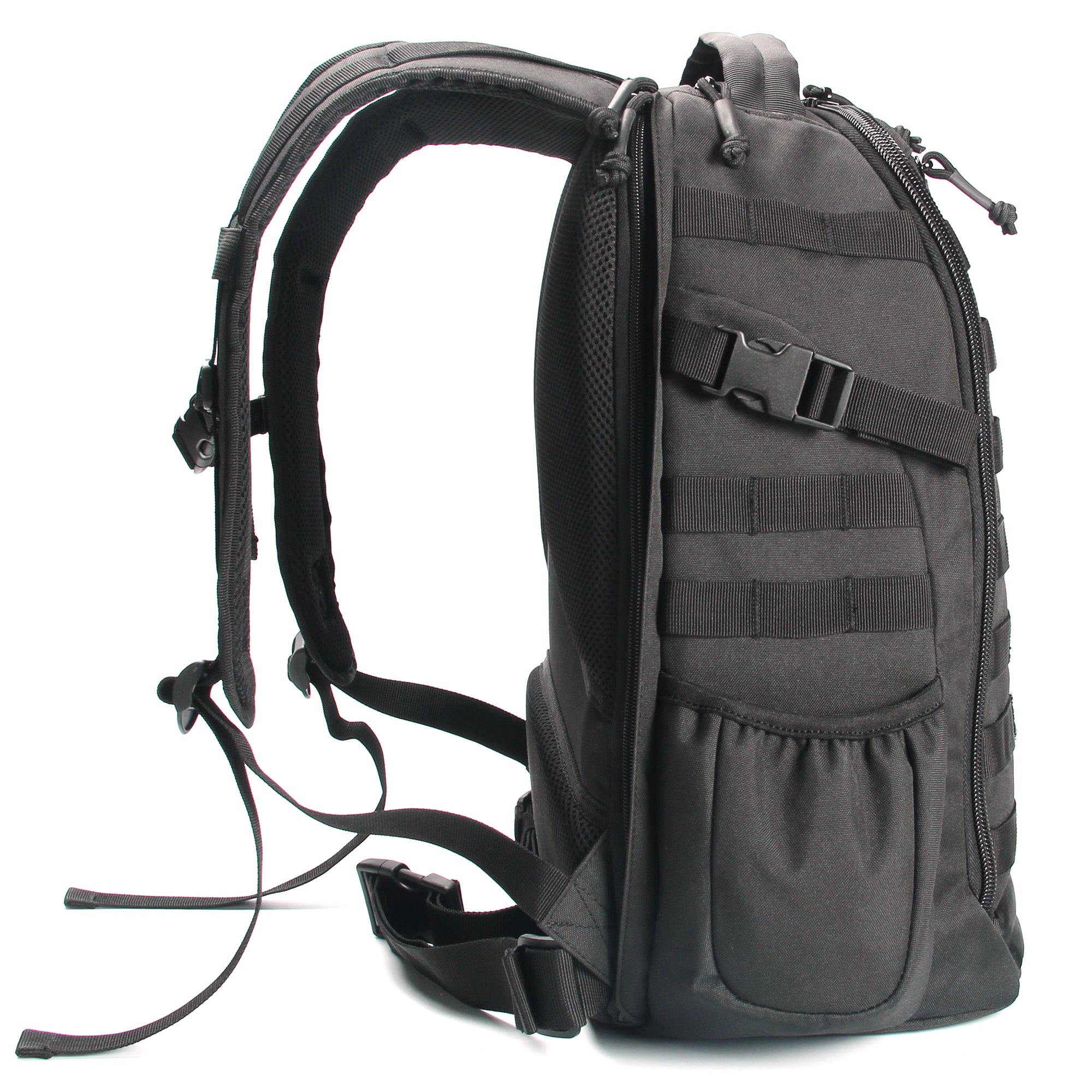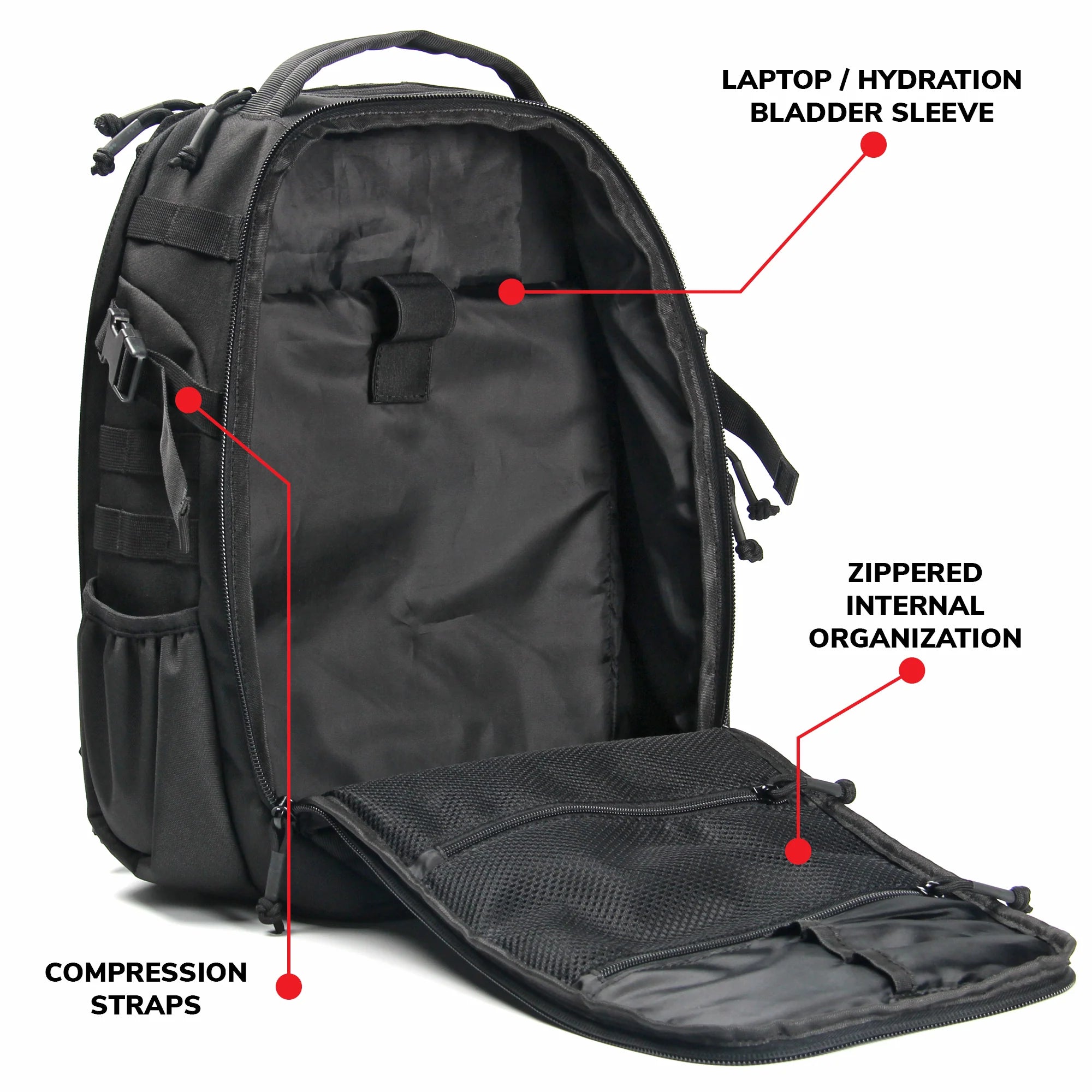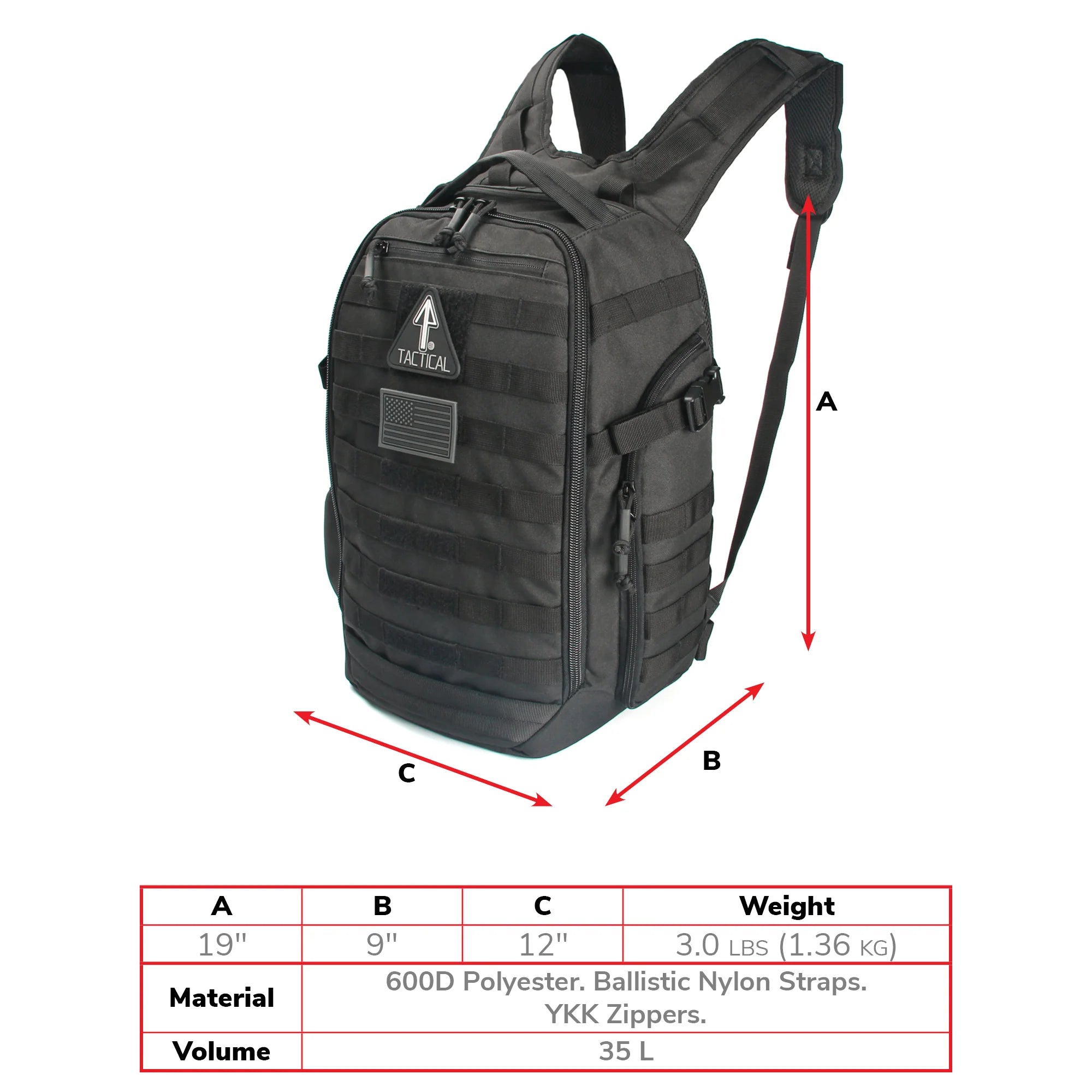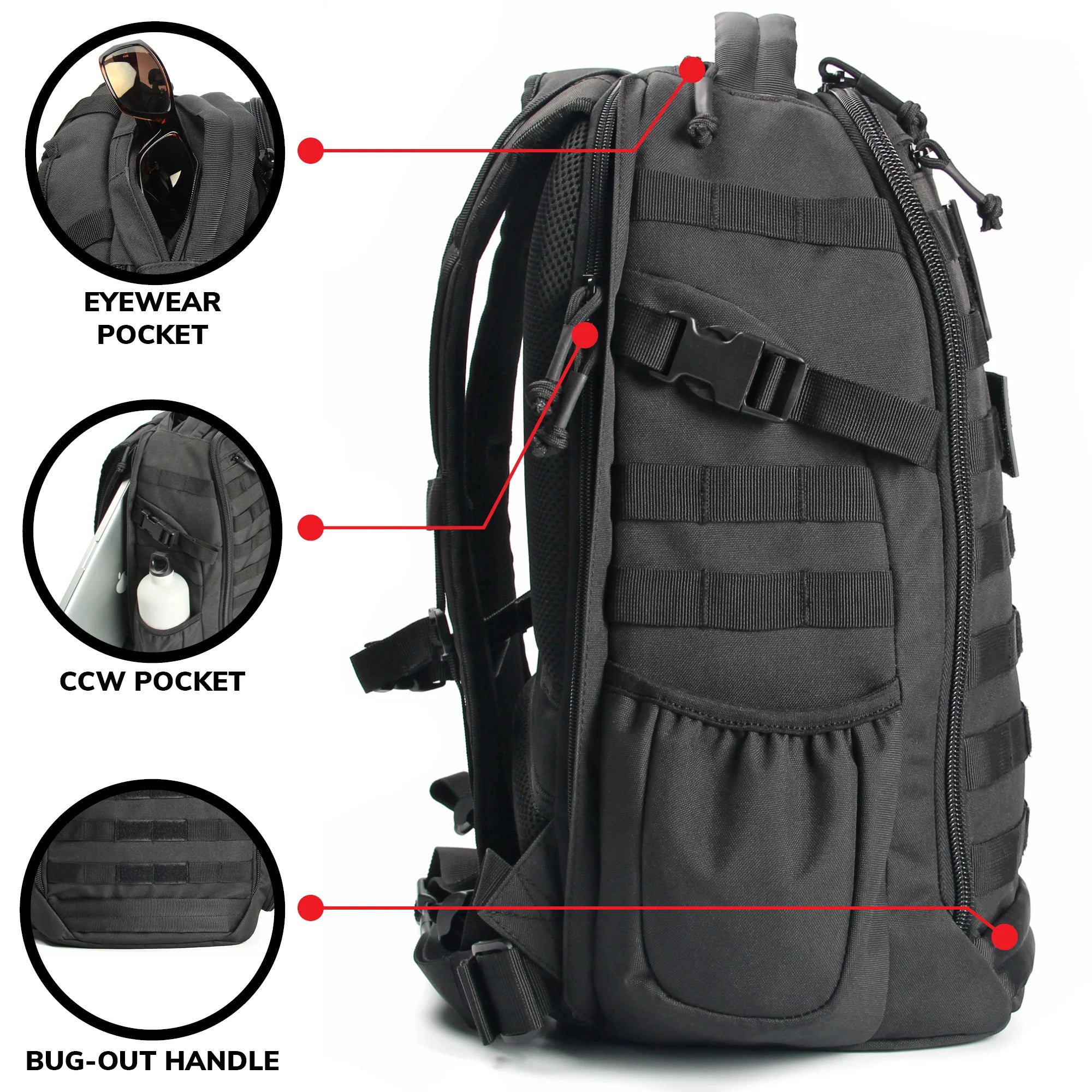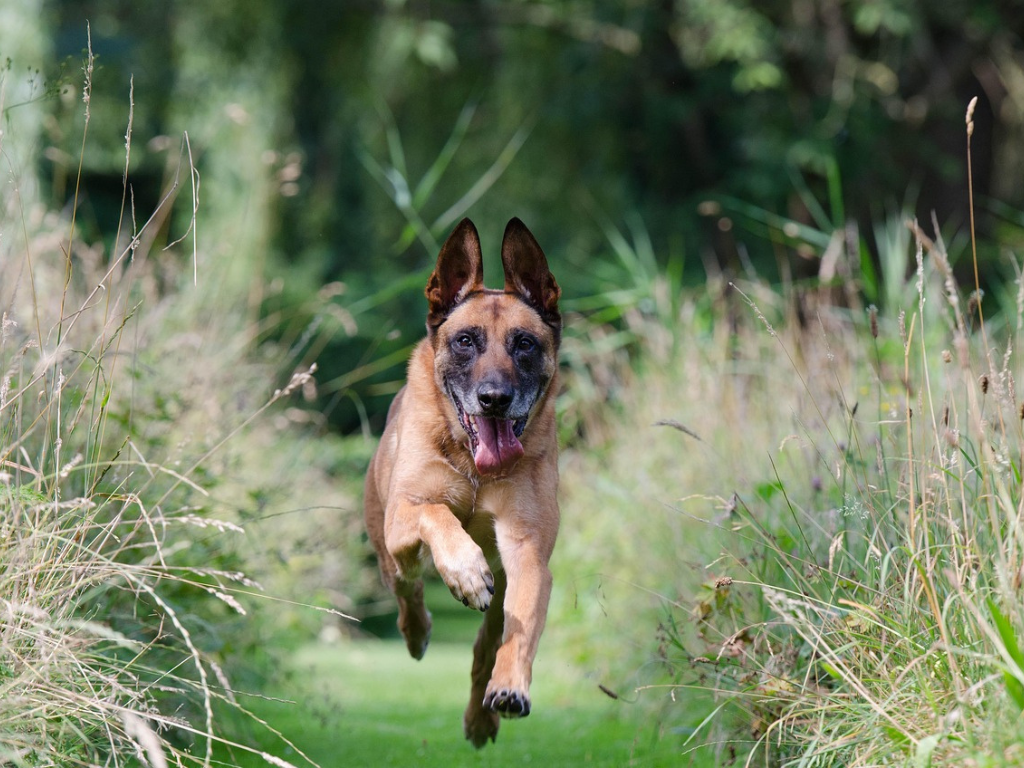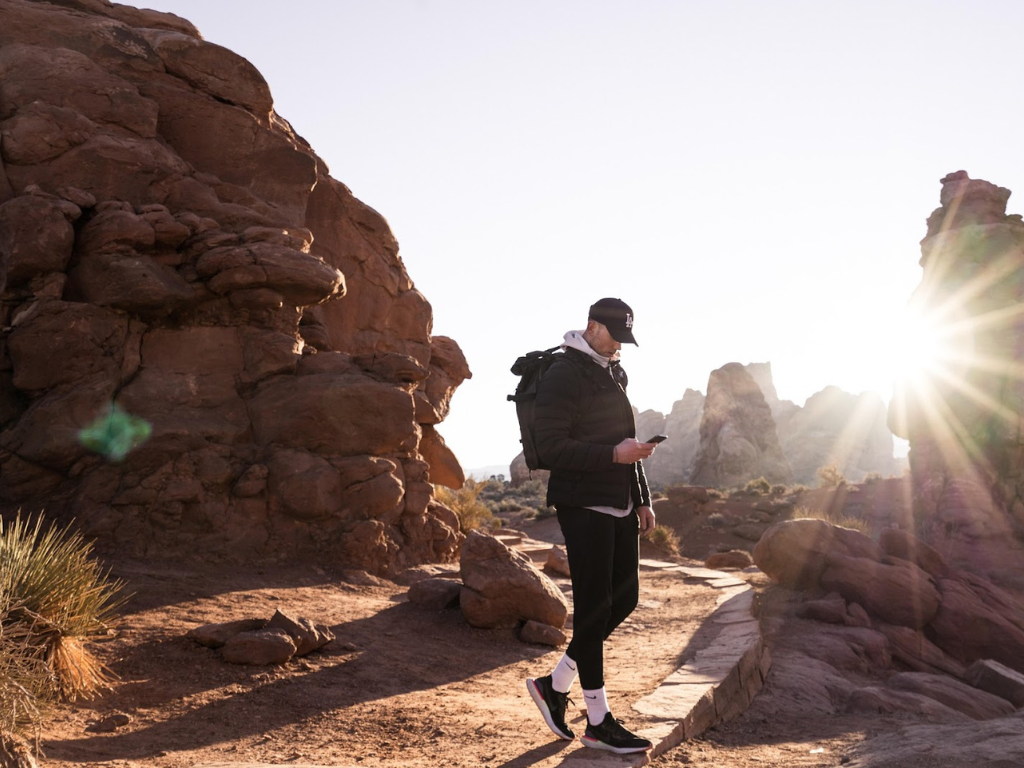
Storm season arrives like a bulldozer—no patience, no warning, no compassion. Yet surprisingly, a lot of folks consider preparedness as a “someday” concern. Breaking news: one day could be too late. You, a tactical thinker, understand this very well.
Regardless of whether you live in the city, are a suburban parent, travel alone, or believe that duct tape can solve any problem (and truth be told, you’re not mistaken), getting ready for storm season is essential. It’s what propels your life ahead when everything else comes to a halt. You don’t need to be a survival expert or possess a shelter. You only must think intelligently, act quickly, and equip yourself properly. Let’s talk about tactics. What is the most effective method to endure the storm? Plan and act as though the storm is already approaching—even when the skies are clear.
KNOW YOUR ENEMY—WHAT'S BREWING IN THE SKIES
Before we get into your action plan, it’s essential to understand the kinds of weather that could arrive—and how it could affect you. Are we talking a temporary power outage here, or potential damage to your roof? The United States experiences various forms of extreme weather, and each type brings its own flavor of turmoil. We invite you to picture what happens when such disasters take place.

THE BIG THREE: MOST FREQUENT STORM HAZARDS
HURRICANES
A hurricane strike means a lot more than a wet weekend. These are enormous storms that can cut off power, obliterate houses, flood roadways, even devastate a whole region. Getting caught in a hurricane can see you getting battered by strong winds, rain and swirling debris—the potential for destruction is high indeed.
FLOODING (PARTICULARLY FLASH FLOODS)
A flash flood can quickly transform a peaceful street into a turbulent river in a matter of minutes. Highways vanish from sight. Basements accumulate water like bathtubs. Cars? Washed away or overflowing with water. A flood can surge violently or it can creep up on you—before you know what hit it, your property is taking massive water damage.
TORNADOES
Tornadoes are the stealthy killers of meteorological phenomena. One moment you’re cutting the grass, the next you’re curled up in a bathroom with a mattress above you. These rapidly spinning wind funnels can demolish structures and toss vehicles like playthings. No warning. No mercy. Even if you think “that kind of storm doesn’t happen here,” the truth is: they can happen anywhere. So don’t wait for a wake-up call. Be the person who’s already ready.
WHY YOU NEED TO PREPARE—AND NO, WAITING ISN'T AN OPTION
If you want to think like a tactical pro, you’ve got to give a lot of focus to preparation. Try to imagine what happens to the bloke who hasn’t prepared for the storm that comes. They find themselves in a deeply unsettling situation. Scrambling to find batteries in the dark, queuing for hours to purchase bottled water, regretting not filling up the gas tank—no crisis can’t be made worse by a lack of preparation!
ADVANTAGES OF BEING PREPARED
• TIME
You won’t find yourself rushing to buy toilet paper or wrangling to snatch the last flashlight in the shop. How embarrassing would that be? You’re leading the way. You’re ready, energized, and on the go while everyone else is still trying to sort things out.
• CONTROL WITHIN THE CHAOS
Catastrophes are loud, chaotic, and frightening. Coming up with a strategy calms your nerves and keeps you concentrated on the tasks to be done. When others are on the verge of panicking, they look at you and see someone who’s got it together. People will look to you as a leader—the one who retains control in the midst of chaos.
• A LIFELINE FOR OTHERS
When you are tactically prepared, you can readily assist others. You become the neighbor with additional
resources, the friend who knows exactly what to do, the family head whom your loved ones can depend on. You’ll get respect from the people around you.
• NEVER MISS A THING
Even the tiniest details are important. Keeping your phone charged, knowing the location of your flashlight, having a bug out bag ready to go in the event of an emergency—these are not minor conveniences. They serve as vital lifelines and accomplished tactics.

THE PRE-STORM GAME PLAN—WHAT TO DO BEFORE THE CLOUDS ROLL IN
BUILD A FAMILY OR COMMUNITY EMERGENCY PLAN
Don’t just say, “We’ll figure it out.” That’s not a plan—it’s a gamble. Sit down with your household and map out what to do in different scenarios. In creating your survival plan, ask yourself:
- If the power goes out, what’s the backup plan?
- If we have to evacuate, where do we go?
- What if we’re separated—how do we reconnect?
WHAT TO DO?
• PLAN YOUR ESCAPE PATHS.
Be aware of at least two exits from your neighborhood. Note down the exact routes. Practice taking the routes until you know them by heart. While you can use a GPS device, you don’t want to rely on that alone. Your device might fail, get damaged or get lost. If you remember the essentials of your plan, and have the skill to navigate without a compass, you’ll be ready for any eventuality.
• SELECT A LOCATION TO SERVE AS A MEETING POINT.
You and your family might be separated at the moment disaster strikes. The meeting point specifies a place where you can regroup before going through with your main evacuation plan.
• CREATE A CONTACT HIERARCHY.
Everyone must have a printed list of emergency contacts and saved on their phone. Involve trusted friends and relatives from out of town who can assist in coordinating if local connections are busy. Keep it simple. Make a contact tree, print it out, and put it on the fridge. Run practice drills—especially with kids. It might feel extraneous now, but that muscle memory could save lives later.
PACK YOUR TACTICAL EMERGENCY KIT
A fully stocked emergency survival kit is your best friend when things go sideways. Your kit should include:
• WATER (AT LEAST 1 GALLON PER PERSON PER DAY, FOR 3 DAYS)
Don’t overlook how quickly water can become limited. Keep it in airtight containers. Do you have pets? Add more.
• NON-PERISHABLE FOOD
Consider protein bars, canned beans, jerky, trail mix—items that require no cooking and have an extended shelf life.
• BATTERY-POWERED OR HAND-CRANK RADIO
When the electricity is off and cell towers fail, this becomes your sole source for news and weather information.
• FLASHLIGHTS AND HEADLAMPS (WITH EXTRA BATTERIES)
Not candles—those pose a fire risk. Choose LED. Acquire a minimum of one headlamp to keep your hands free while navigating at night.
• WHISTLE
If you’re in danger or need to call for assistance, three short blasts of a whistle serve as the universal sign for distress.
• FIRST AID KIT
Stock it as if someone could genuinely require it to patch up an injury. Include antiseptics, gauze, tweezers, scissors, and any personal medications.
• DUST MASK AND PLASTIC SHEETING
If the air is dirty or you need to create a clean space indoors, you’ll be glad you packed these.
• COPIES OF PERSONAL DOCUMENTS
Identification, insurance cards, health records, and banking information—secured in a waterproof pouch or bag.
• CASH (IN SMALL BILLS)
ATMs and card readers don’t work without power. You need cash to buy essentials during outages.
• CHARGED POWER BANKS
One for every phone or device. Extra points if they utilize solar energy.
• TACTICAL SURVIVAL GEAR
Multi-tool, fire starter, duct tape, gloves, paracord, survival blanket. These tools are a great companion for the resourceful prepper.
• MOLLE POUCHES FOR EMERGENCIES
These let you organize your equipment more efficiently—medical supplies in one, tools in another, food in a third. It’s efficient, modular, and quick to access during a crisis.

IN THE BELLY OF THE STORM—TACTICAL ACTIONS DURING THE CHAOS
Storm’s here. Power’s out. Sirens are wailing. But you? You’re not scrambling. You’re already in motion. What to do during the storm:
• STAY INFORMED.
Pay attention to your radio or weather application for live updates. Avoid making any unfounded assumptions. Adhere to authorized guidelines that apply to your situation.
• SECURE YOUR SHELTER.
Secure windows and doors. Move to an interior room or basement. Avoid areas with a lot of glass panels. Place heavy objects in front of doors if necessary.
• KILL THE UTILITIES (IF TOLD TO).
Turn off gas, electricity, and water to prevent fires or flooding.
• MOVE VALUABLES UP HIGH.
Particularly significant in areas susceptible to flooding. Electronics, paperwork, and family mementos should be kept elevated above the water level.
• DON'T GO OUTSIDE.
Even if it appears serene—particularly if it appears serene. That might be the eye of the storm.
If you’ve got your tactical emergency kit nearby, every step becomes easier. Need light?
Got it. Need to patch up a cut? Covered. You’re not just surviving—you’re leading.
After the Storm—Surviving Isn’t the End of the Story
Congratulations, you made it. However, the recovery phase has come—and it’s far from easy. Fallen trees, tainted water, and damaged infrastructure can transform a storm-affected area into an entirely different obstacle. If an evacuation order is given—leave promptly. Your tactical emergency kit should already be packed and ready. Grab it and go.
WHAT TO DO AFTER THE STORM:
• WAIT FOR OFFICIAL ALL-CLEAR.
Don’t assume it’s safe just because the wind stopped. Check alerts before heading out.
• AVOID FLOODWATER.
It could contain bacteria, chemicals, or concealed hazards such as sharp objects. It’s not worth the risk.
• CHECK ON YOUR PEOPLE.
Ensure that everyone is safe and present. Assist neighbors who might be hurt, aged, or feeling stressed.
• USE YOUR TACTICAL GEAR SMARTLY.
That multi-tool helps you cut down branches. The solar charger powers your phone. Your MOLLE pouches? Keeping your first aid supplies dry and accessible.
• TAKE PHOTOS OF EVERYTHING.
For insurance claims. Document damage right away. Keep a log of calls made, assistance requested, and relief received. Use your MOLLE pouch system to keep documents sorted and safe.
• RESTOCK AND REVISE.
When everything calms down, return to your strategy. What was successful? What did not? Revise your equipment and your list of tasks.
Recovery takes time, patience, and grit—but having flood survival essentials and a plan in place makes the process smoother and safer.
TACTICAL GEAR THAT DESERVE A SPOT IN YOUR ARSENAL
Now let’s geek out a little. The right gear doesn’t just make survival possible—it makes it less risky. With dependable gear—such as 14er Tactical survival gear—you don’t have to worry about your backpack or emergency pack letting you down. That frees your mind to focus on more pressing matters.
• TACTICAL BACKPACKS
Look for heavy-duty, weather-resistant packs with multiple compartments and MOLLE
webbing. It’s like the Swiss Army Knife of bags—customizable, durable, and efficient.
• MOLLE POUCHES FOR EMERGENCIES
Perfect for organizing medical supplies, tools, flashlights, or documents. Attach them to your backpack, belt, or vehicle. Quick access = smart survival.
• MULTI-TOOL
From snipping cables to popping open cans, a quality multi-tool is invaluable. Seek those that include pliers, screwdrivers, and also small saws.
• LED HEADLAMPS
Since carrying a flashlight while navigating over rubble is a hassle. Headlamps illuminate your way and allow your hands to be free.
• PORTABLE POWER BANKS AND SOLAR CHARGERS
Power is life. A dead phone means no GPS, no communication, and no updates. Keep a reliable power source in your kit. Alternatively, you can rely more on…
• EMERGENCY RADIOS
These devices keep you linked when Wi-Fi and cellular networks go down. Some even include combinations of solar charging and flashlights.
These aren’t optional items—they’re flood survival essentials, designed to keep you alive, safe and sane.
STORMS MAY COME—WILL YOU BE READY?
Being prepared for storm season means serving as your own first responder. Equipped with the proper knowledge, attitude, and essential tactical survival gear, you can avoid becoming a possible victim and stand out as a composed, self-assured leader.
And hey—next time someone says, “It probably won’t happen to us,” you can smile and say, “Maybe not. But I’m ready if it does.”
Because being ready isn’t just tactical—it’s transformational.


